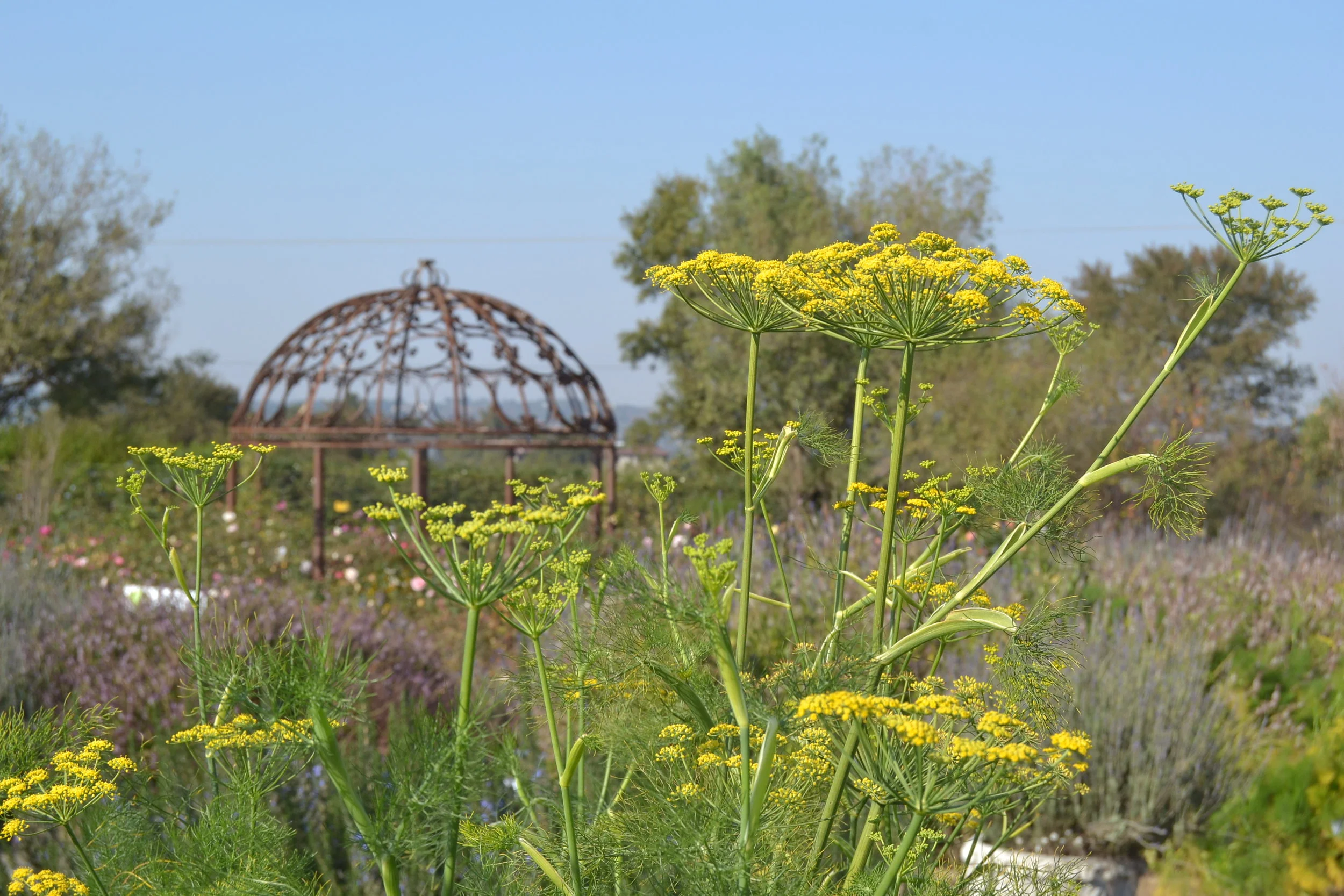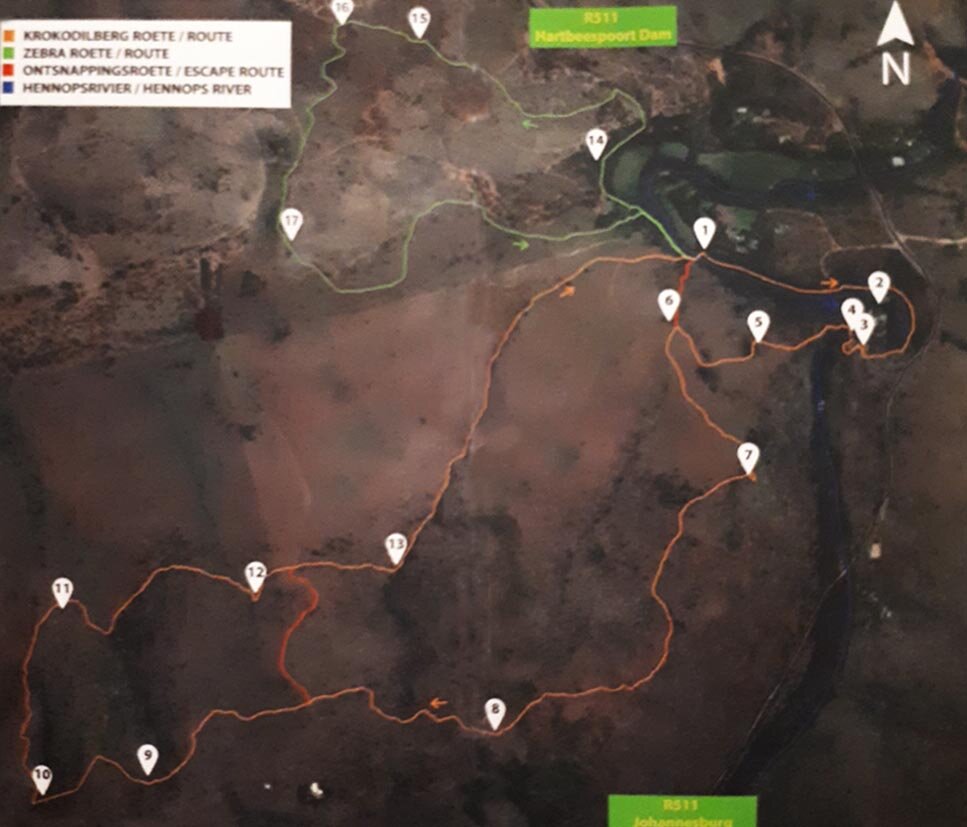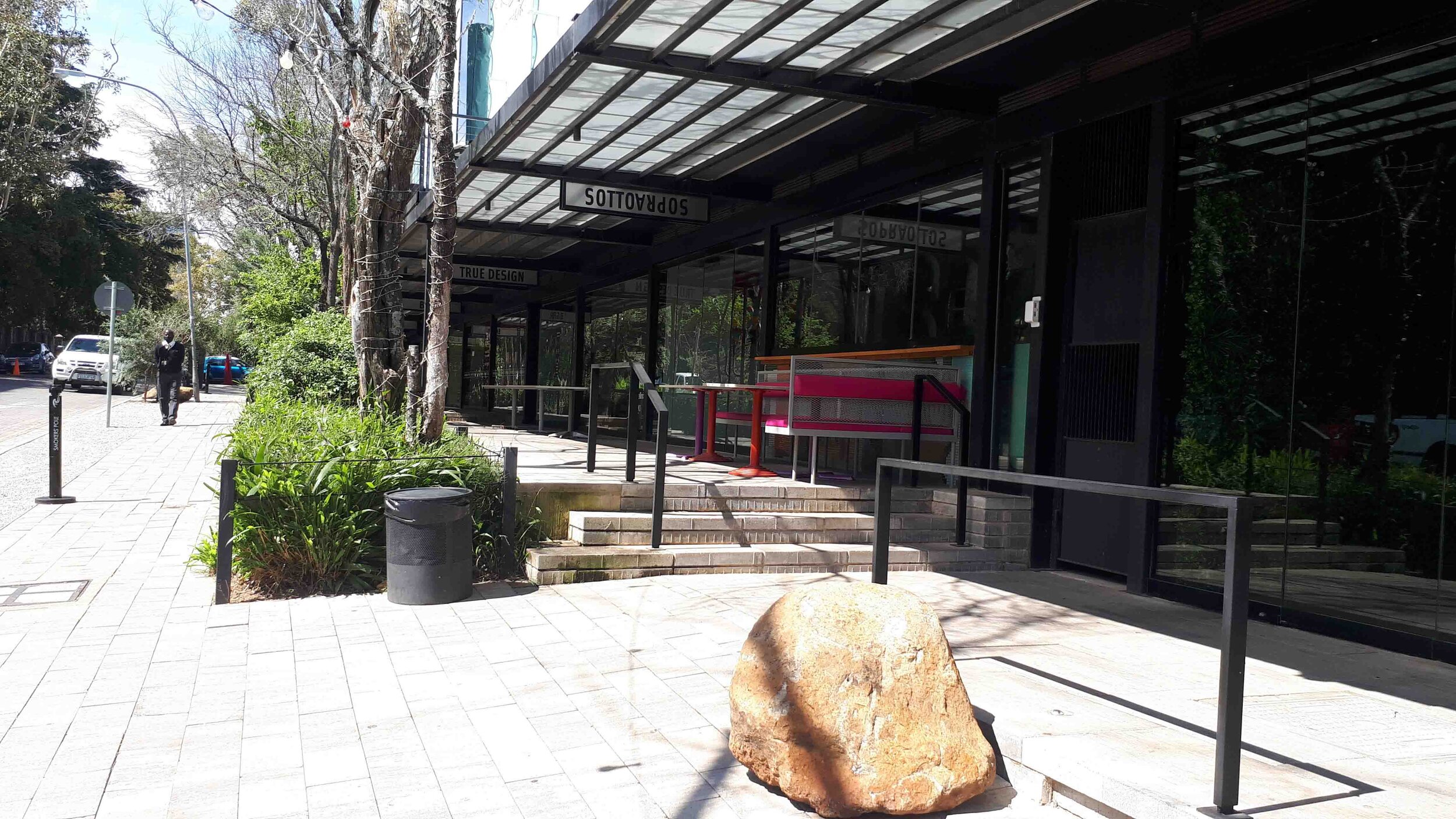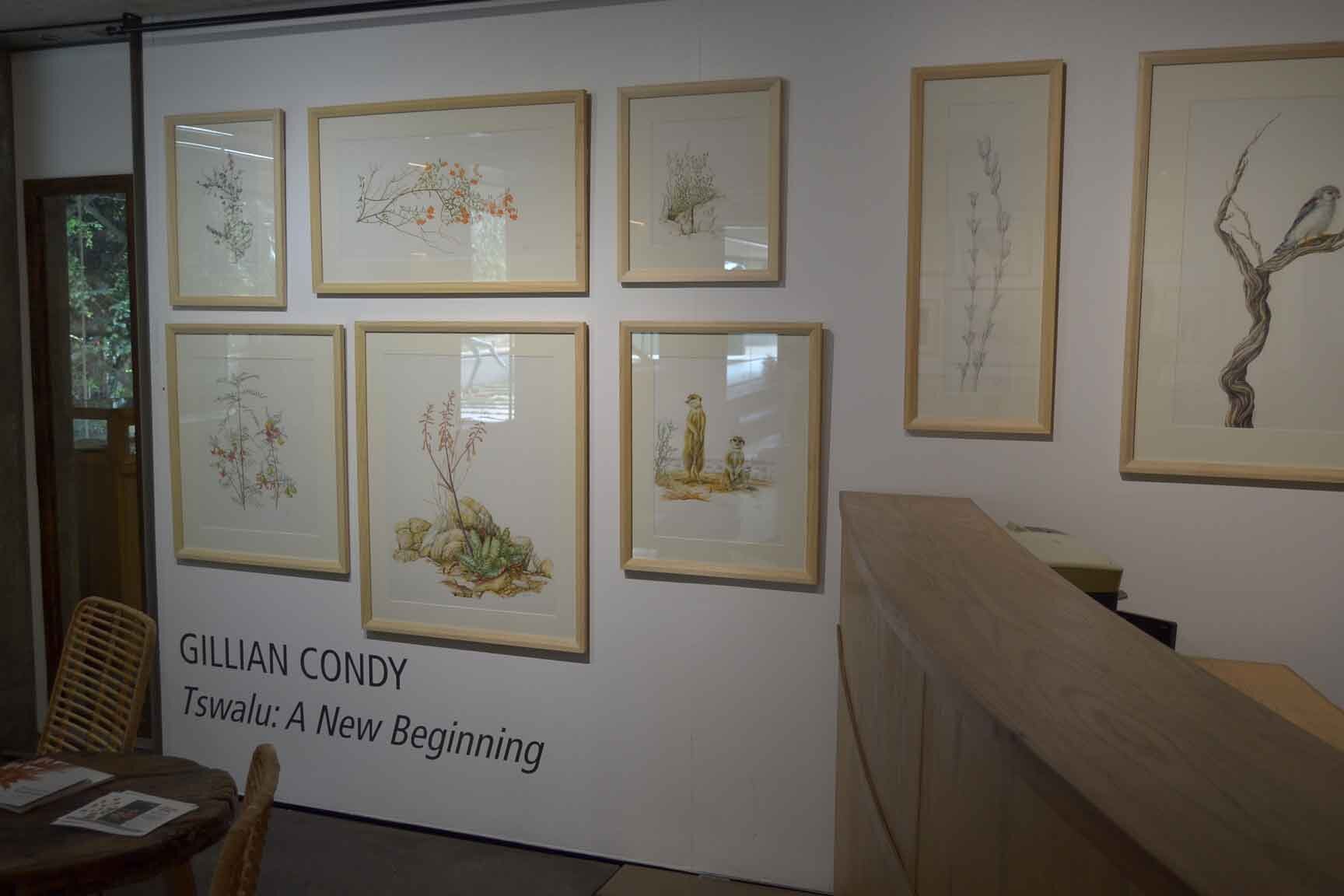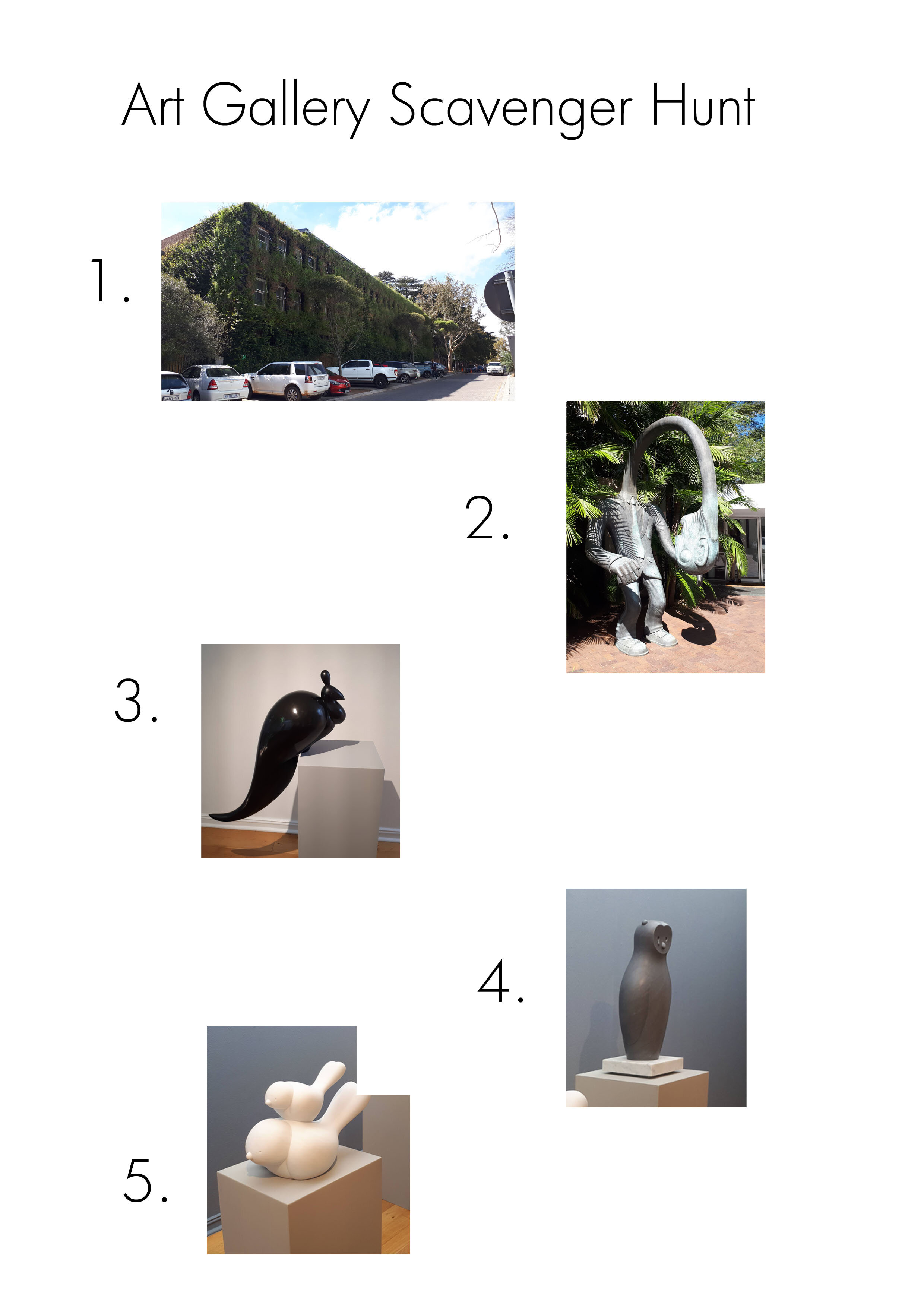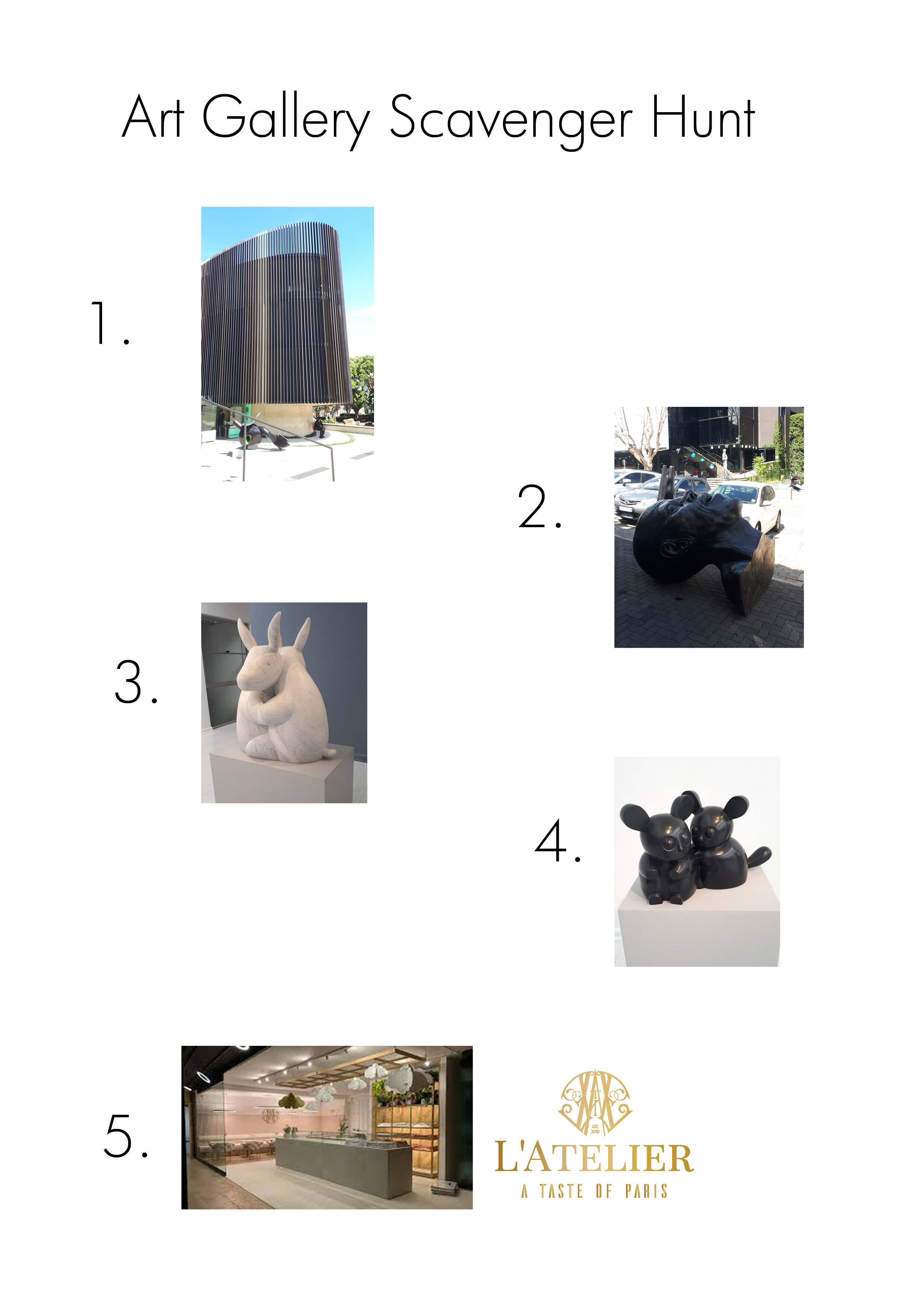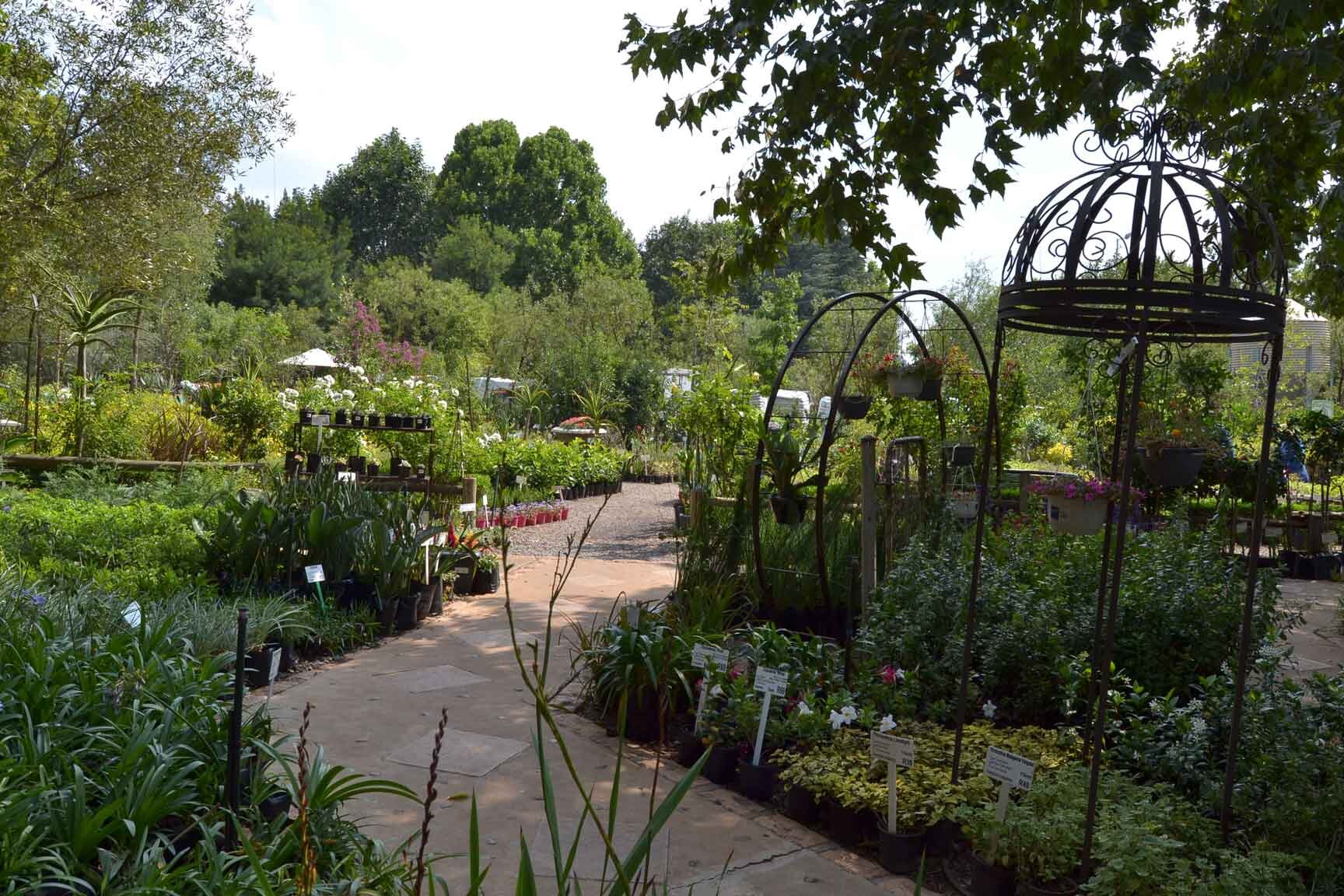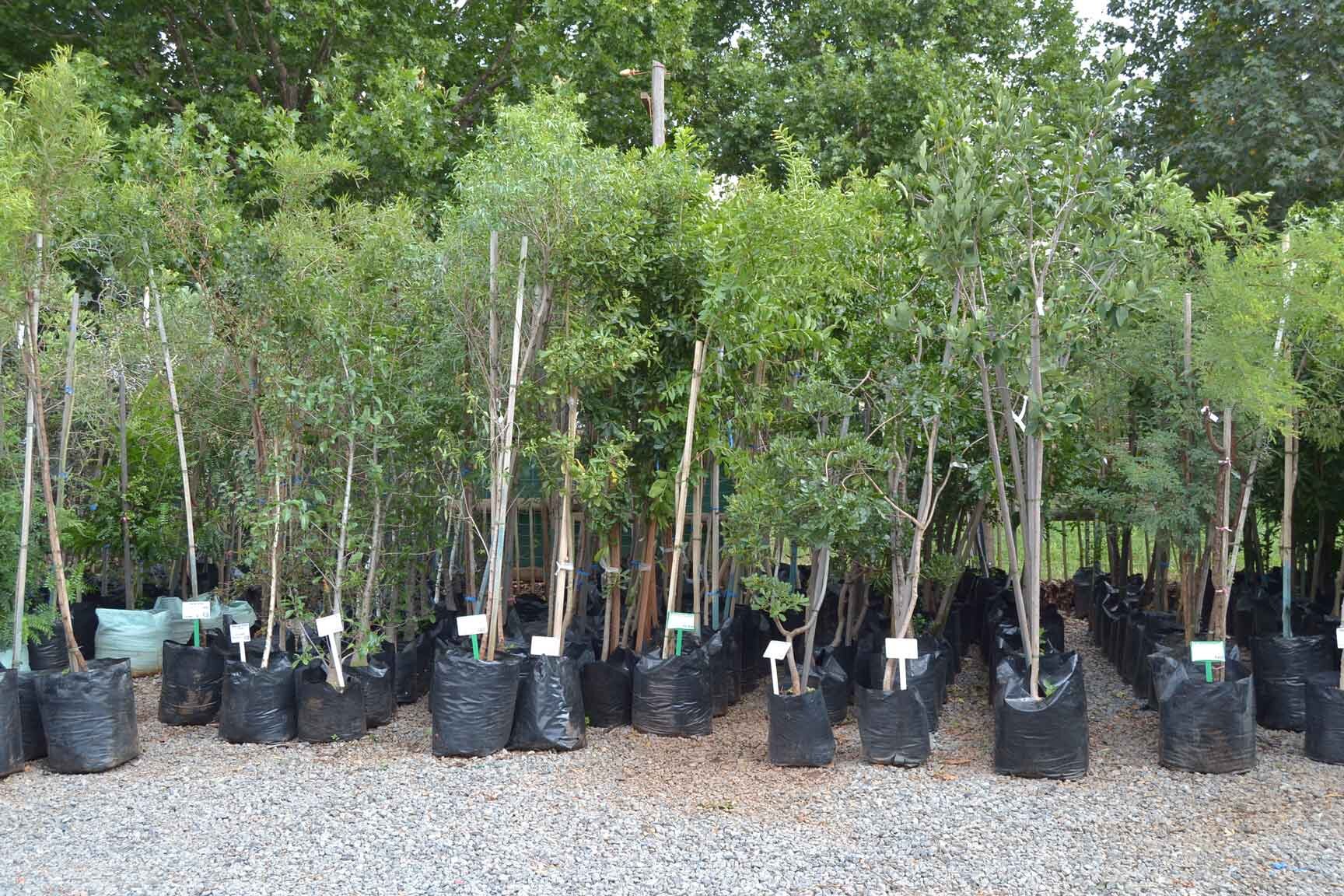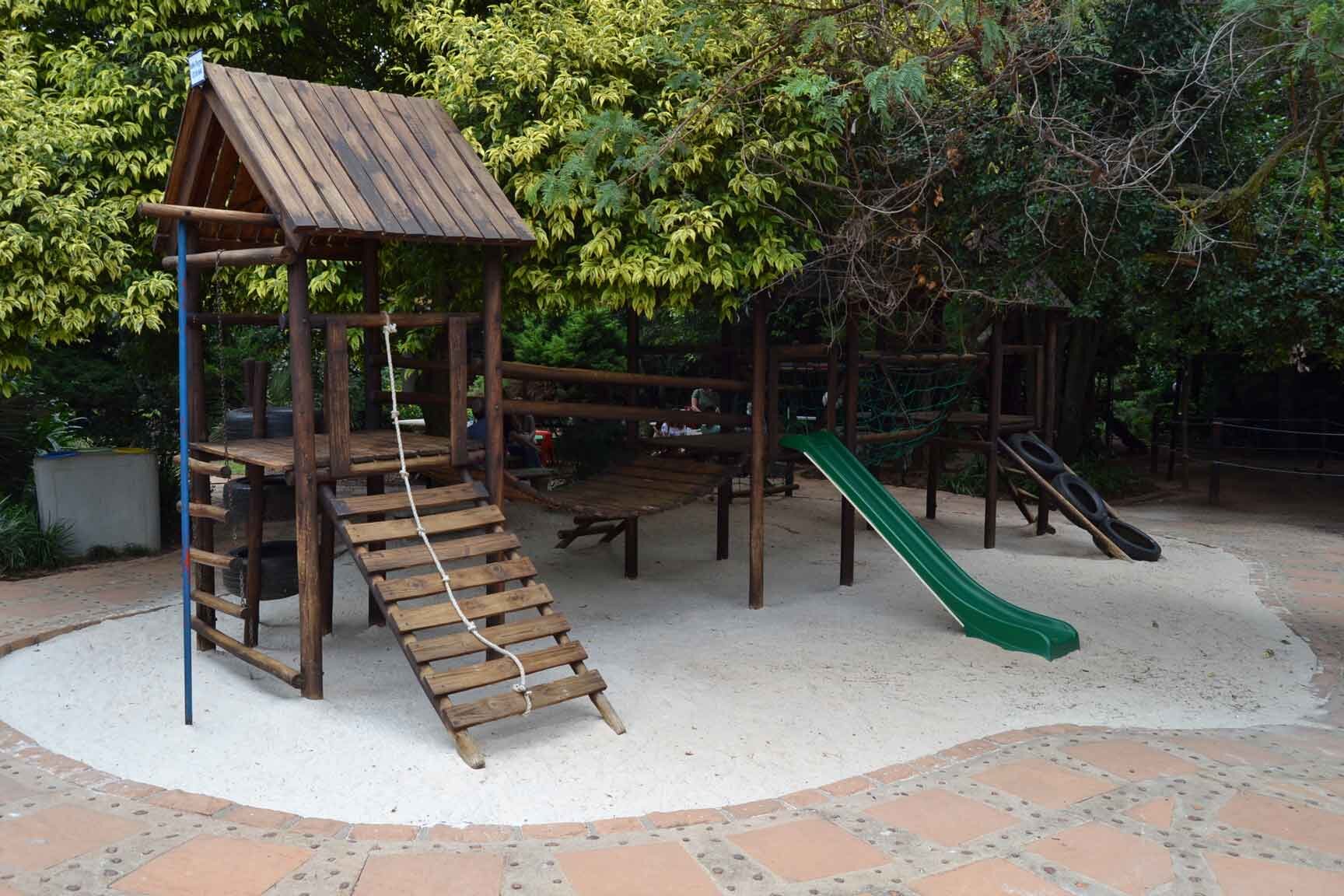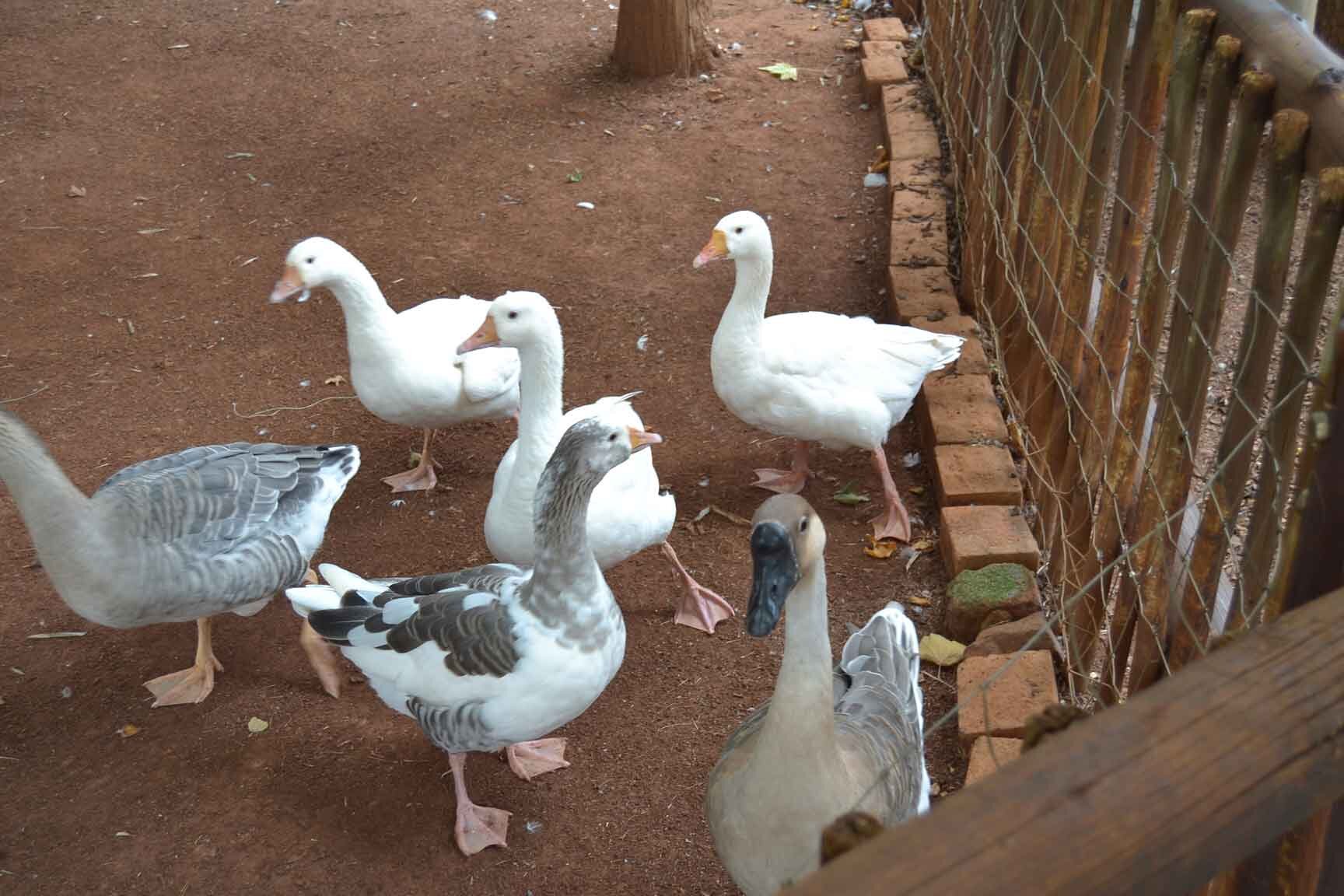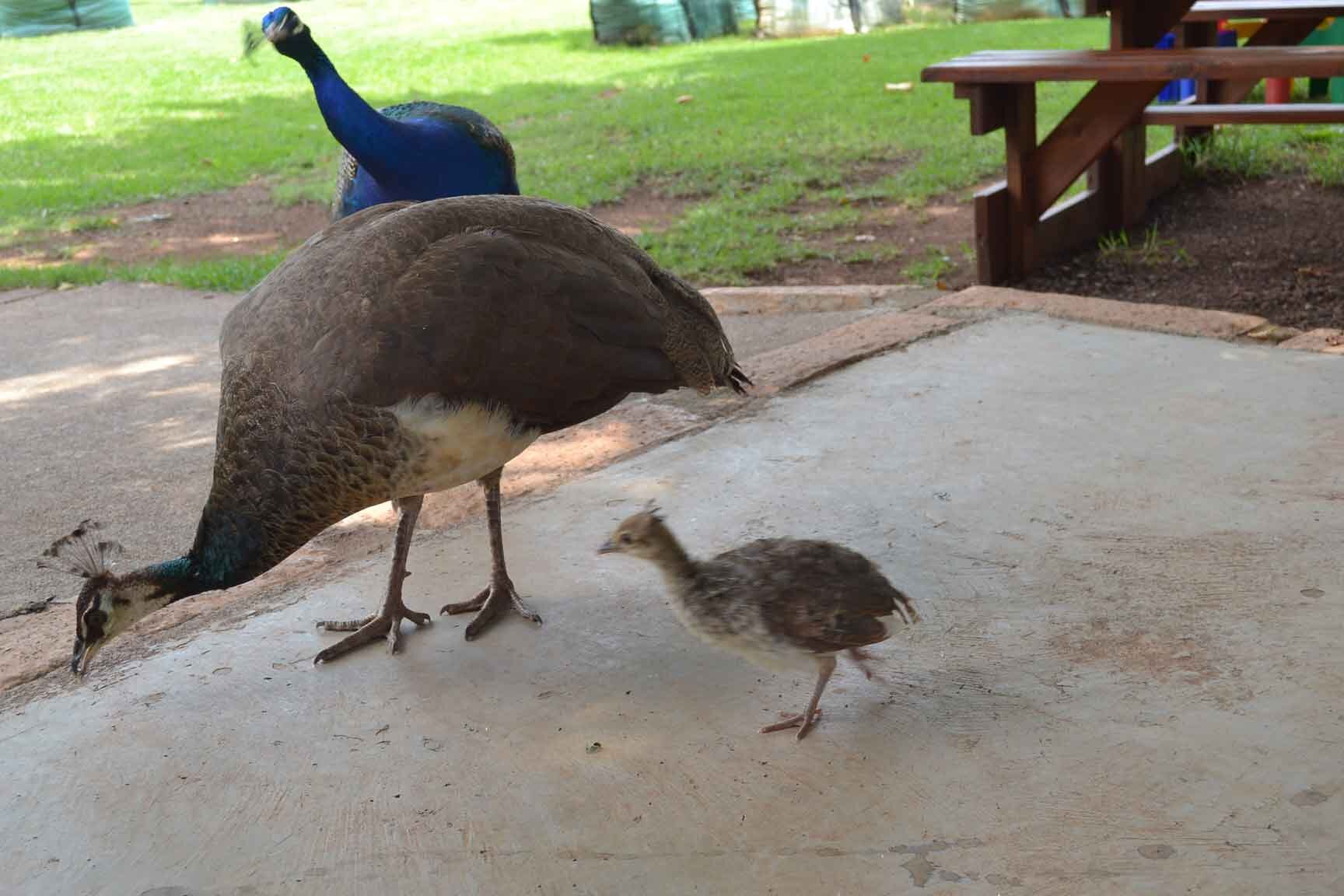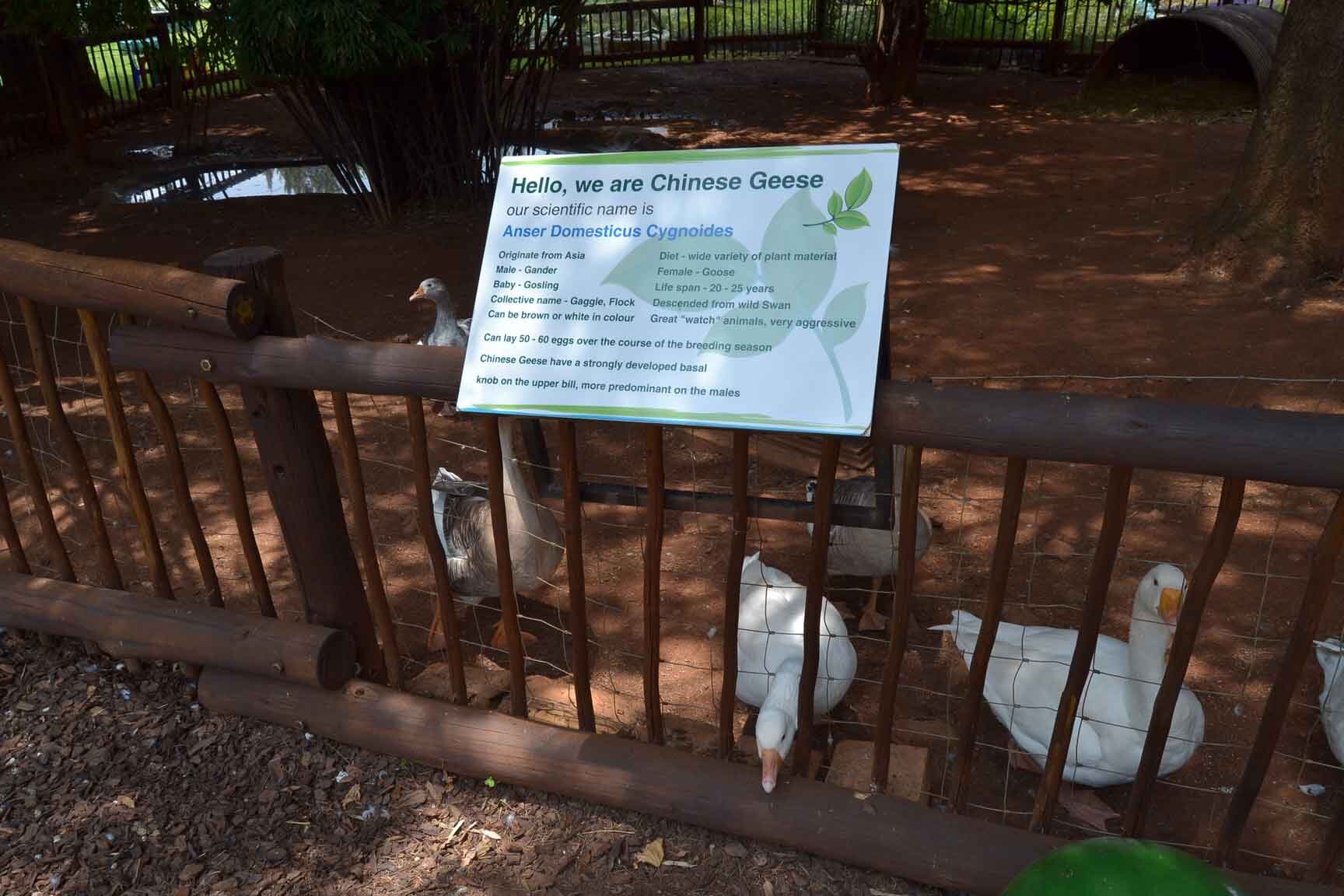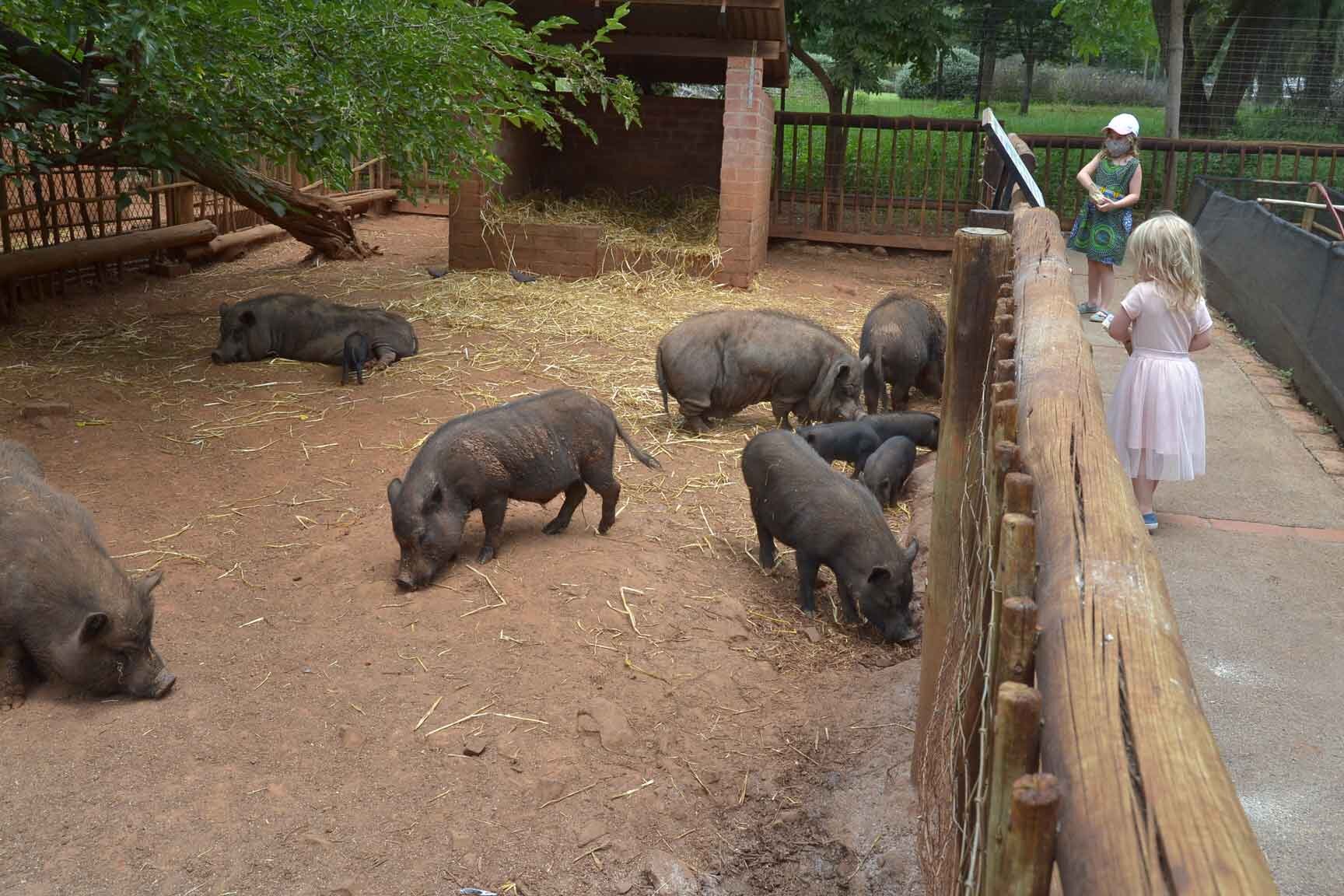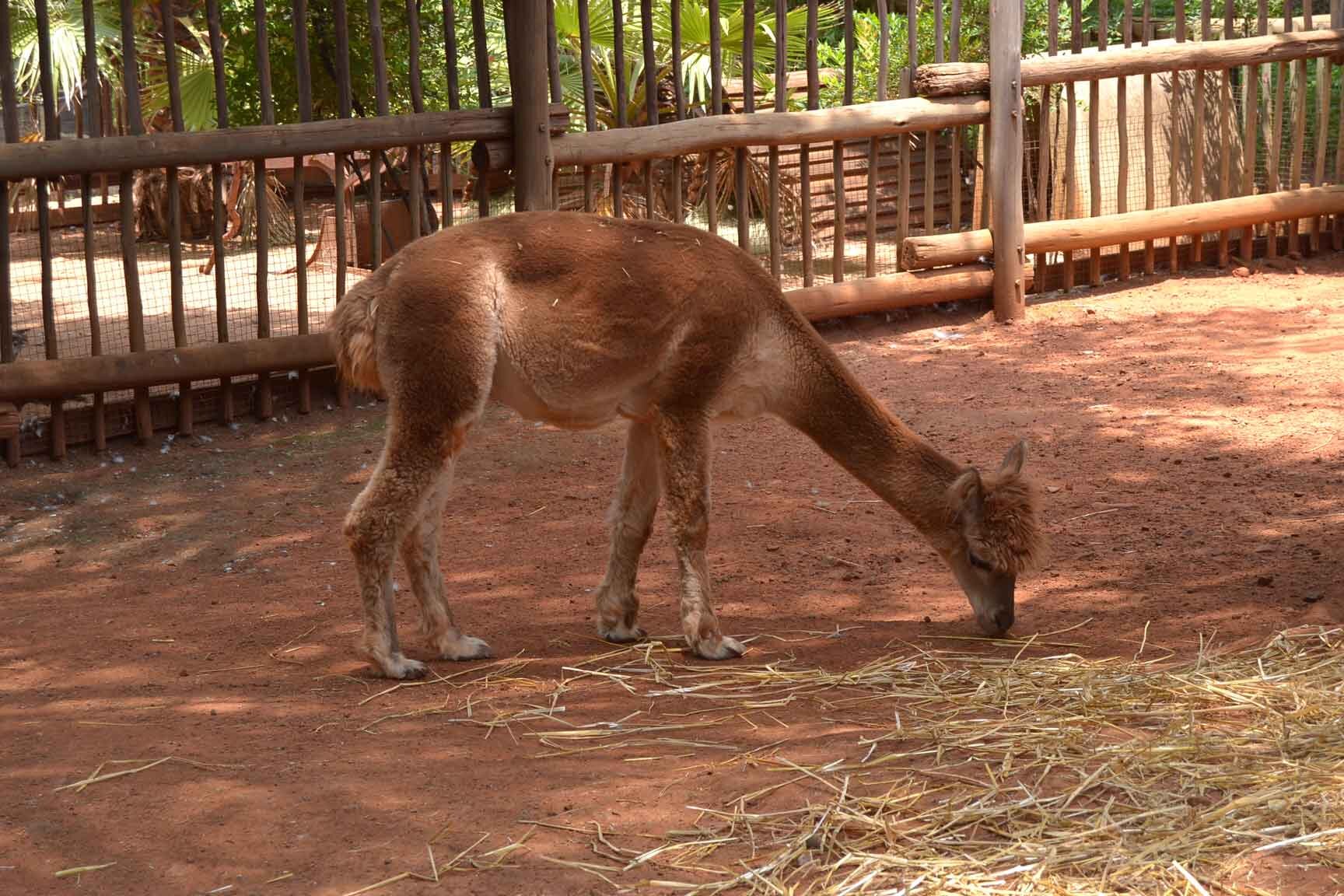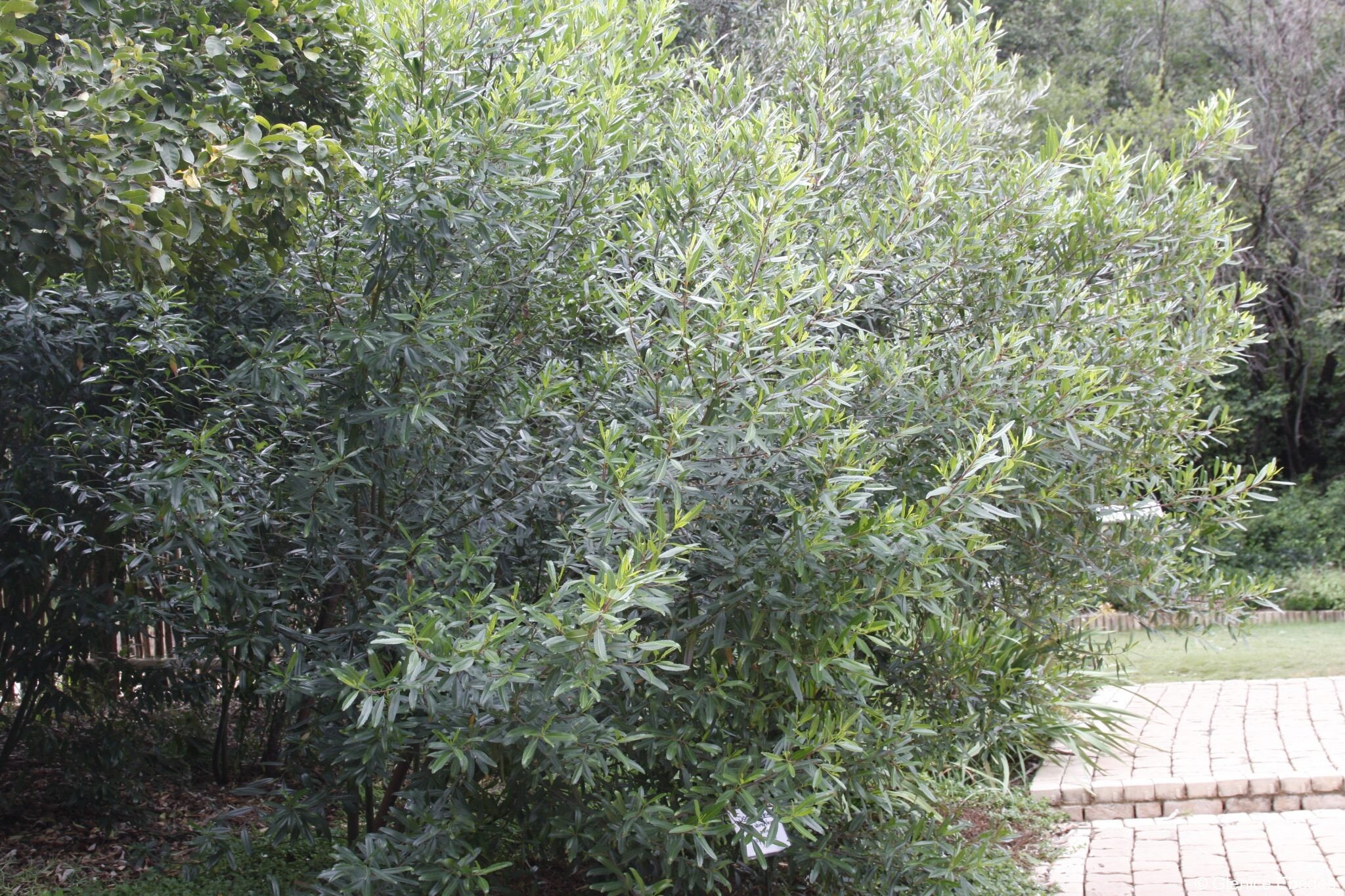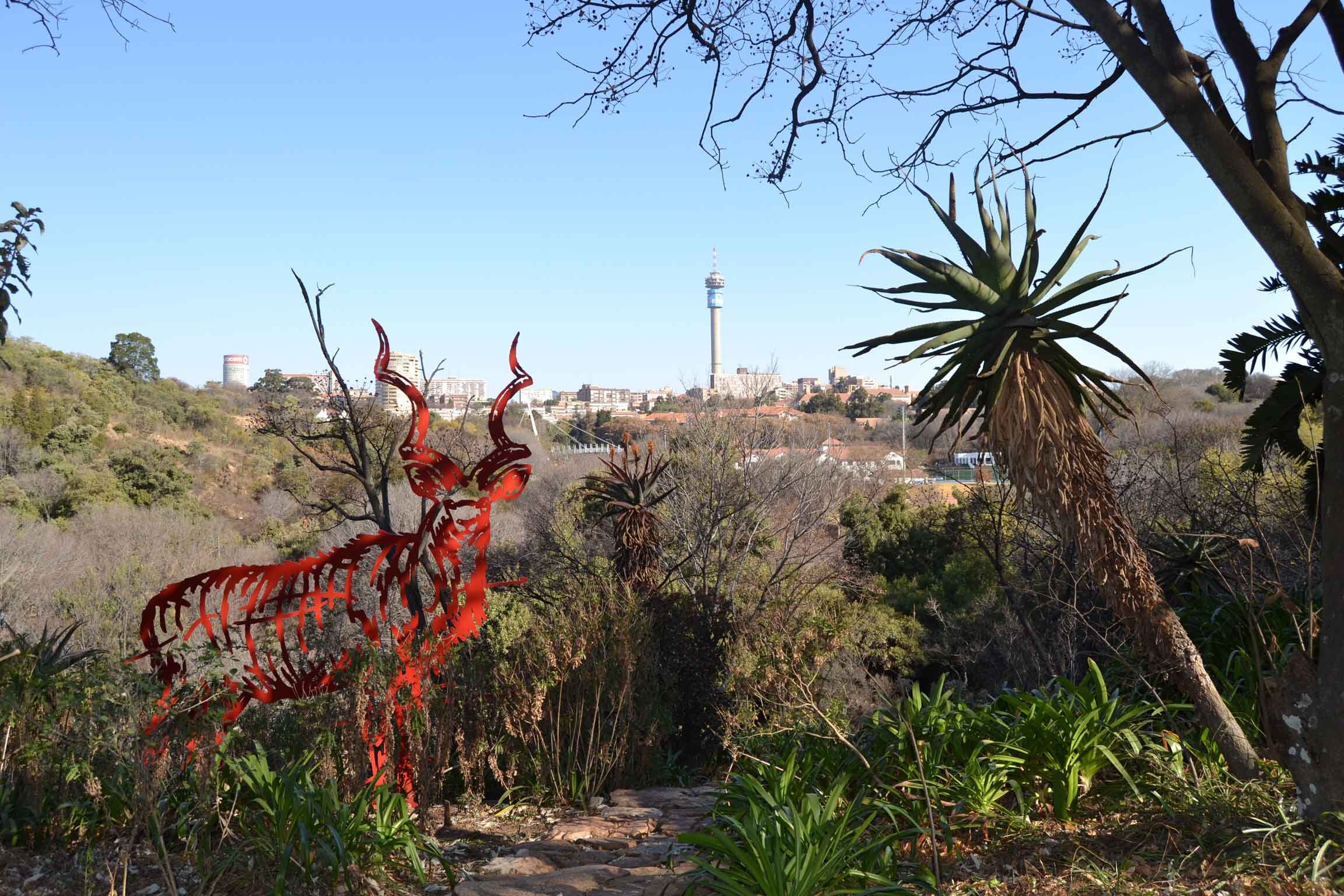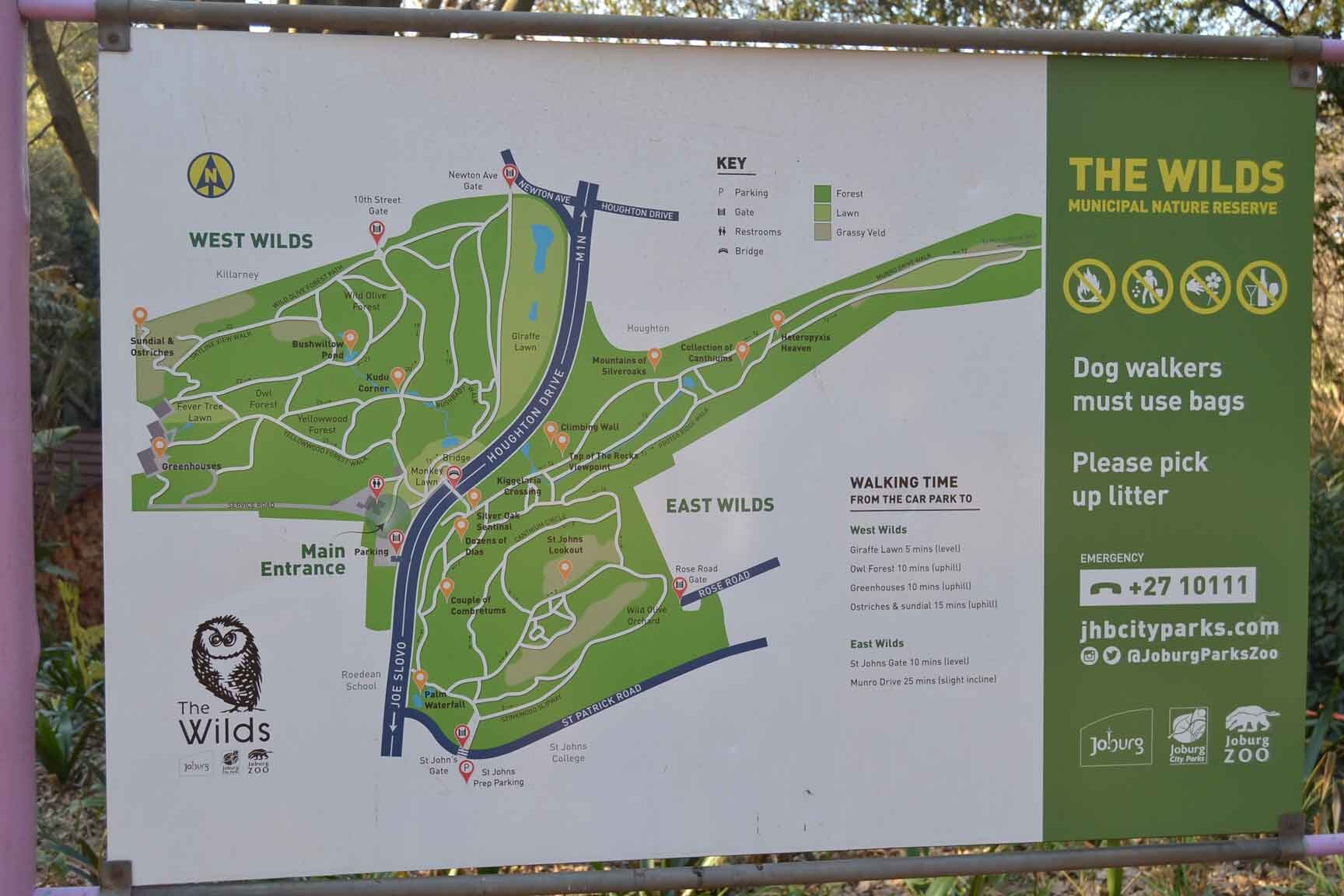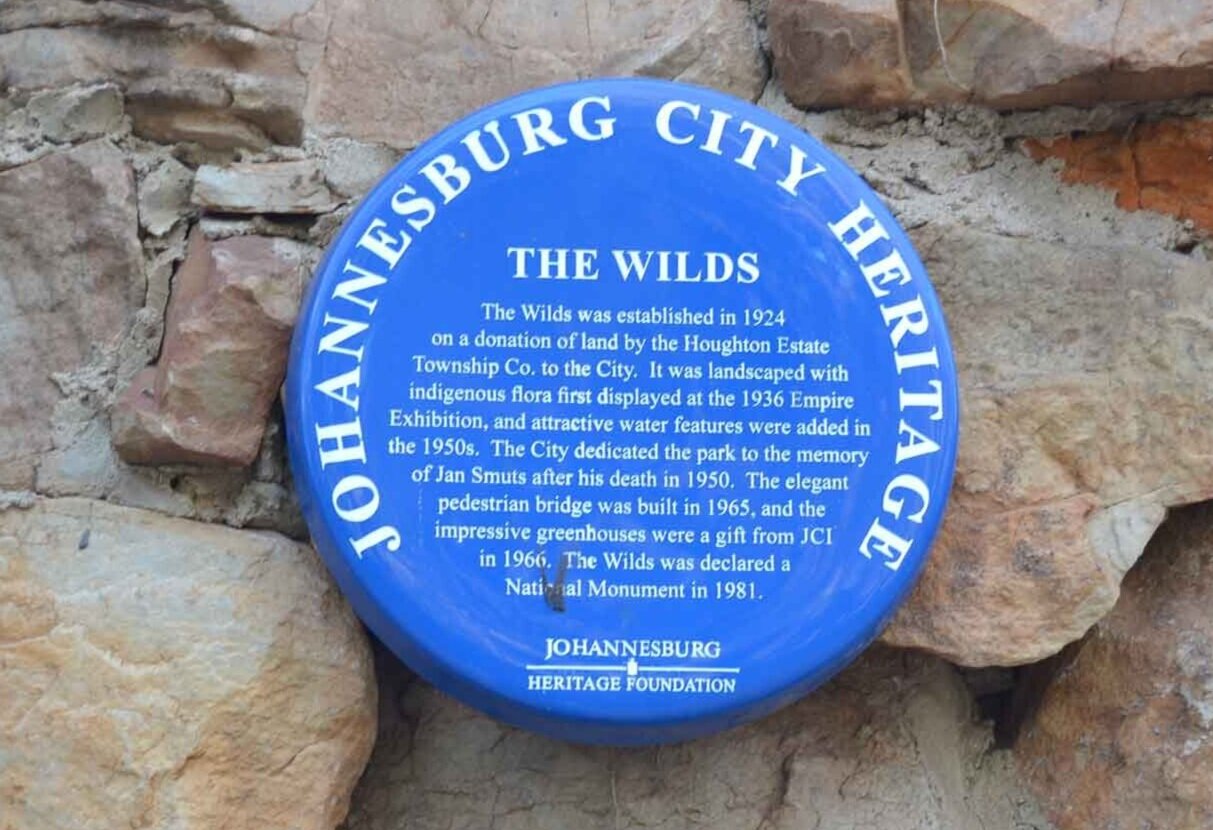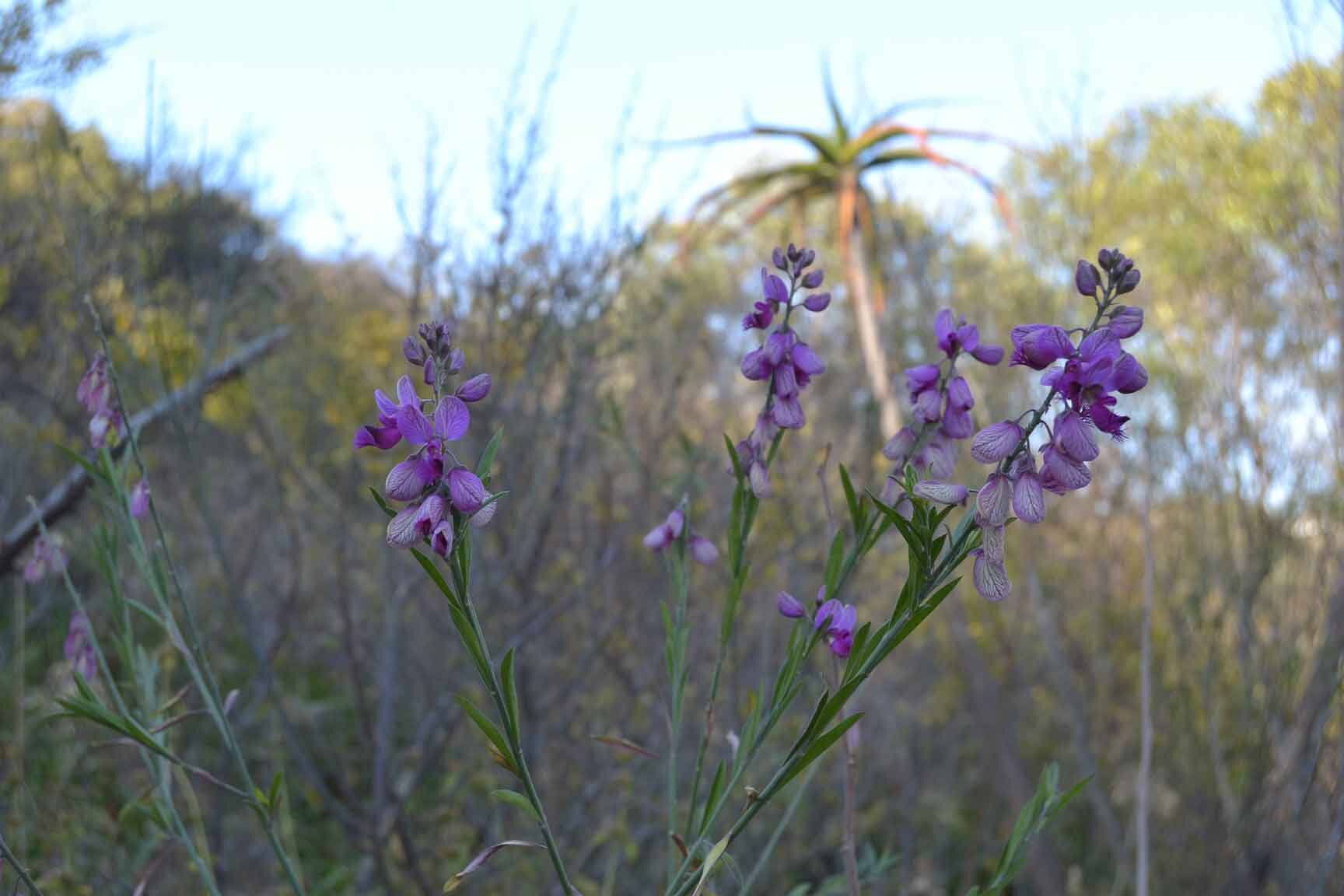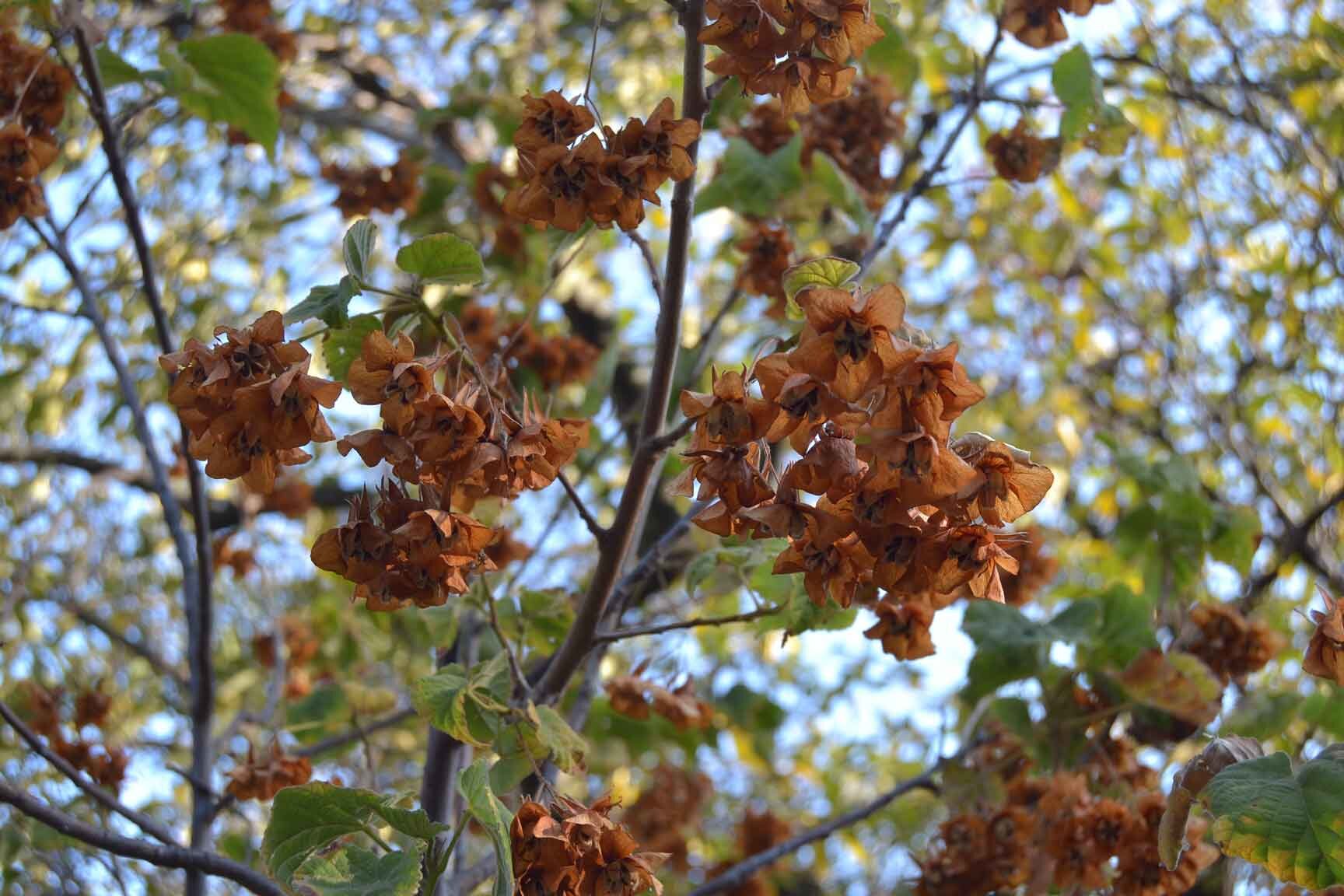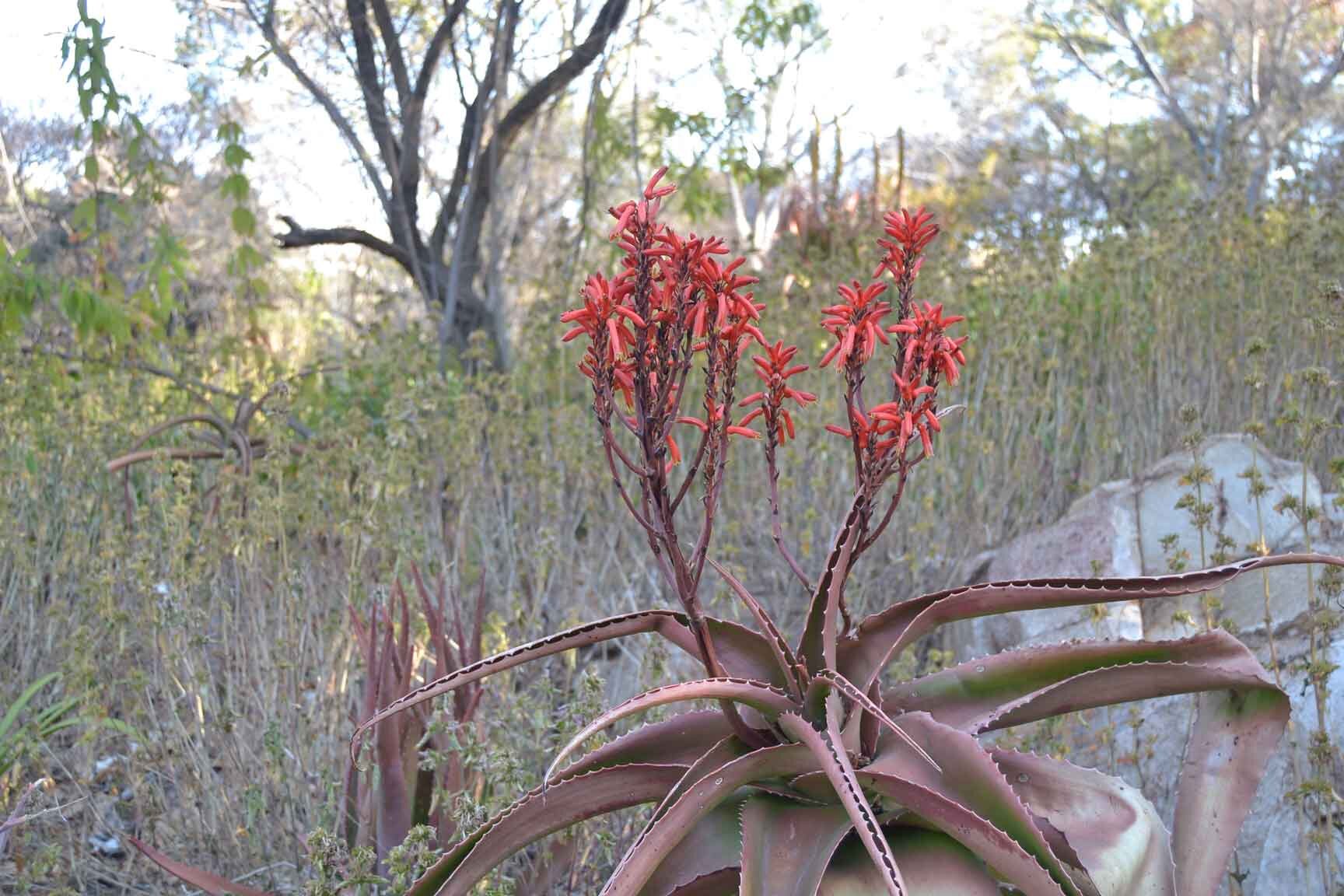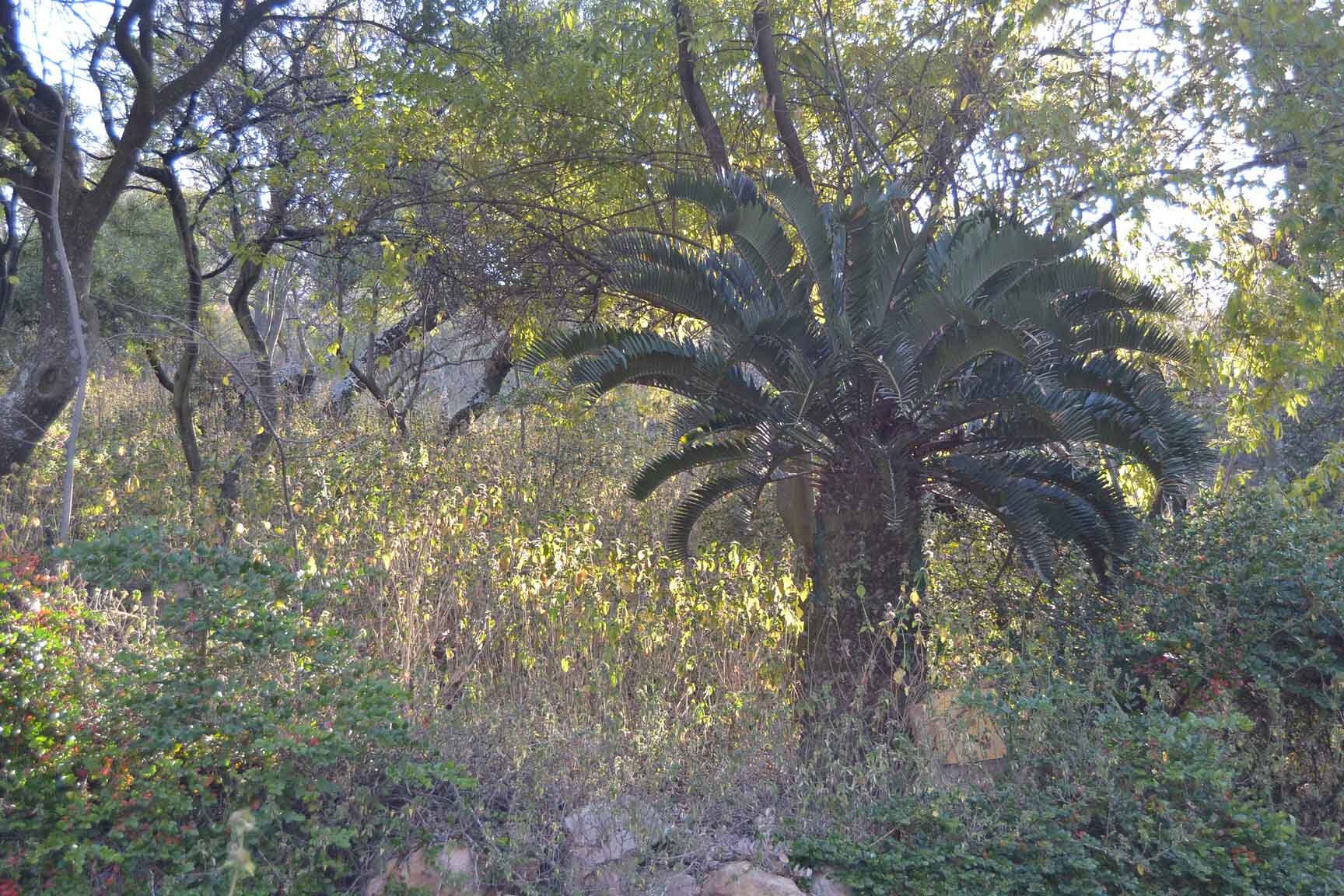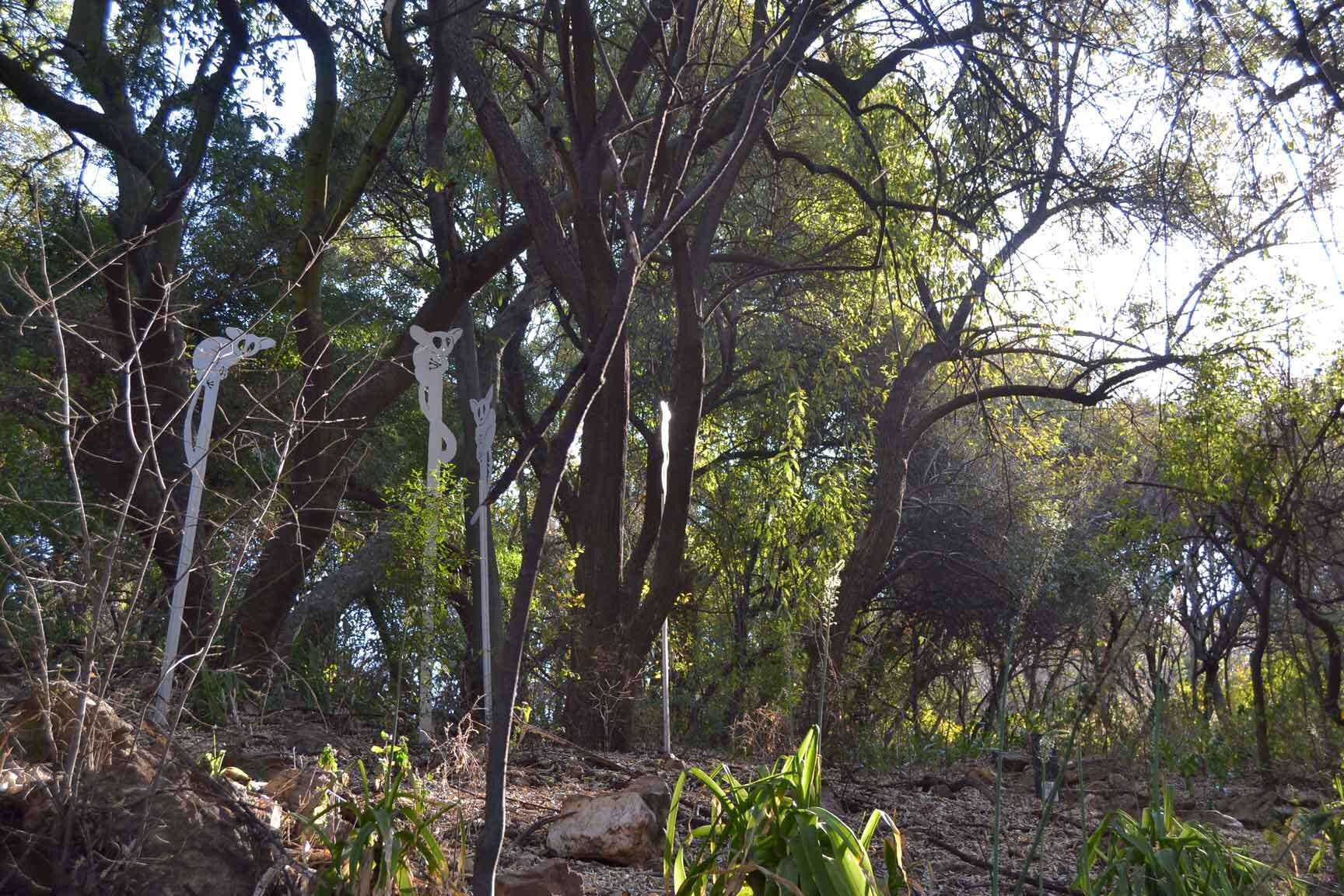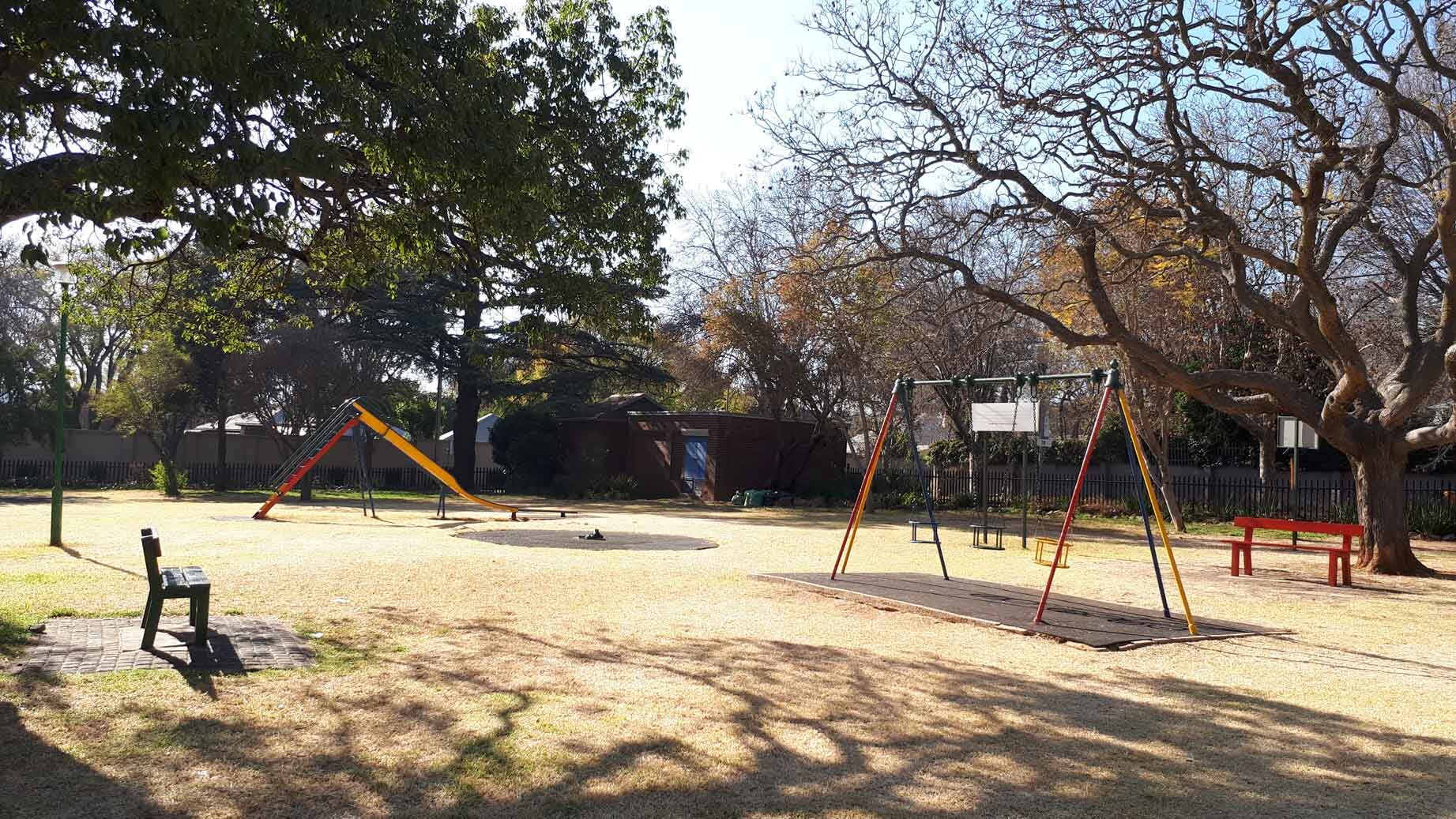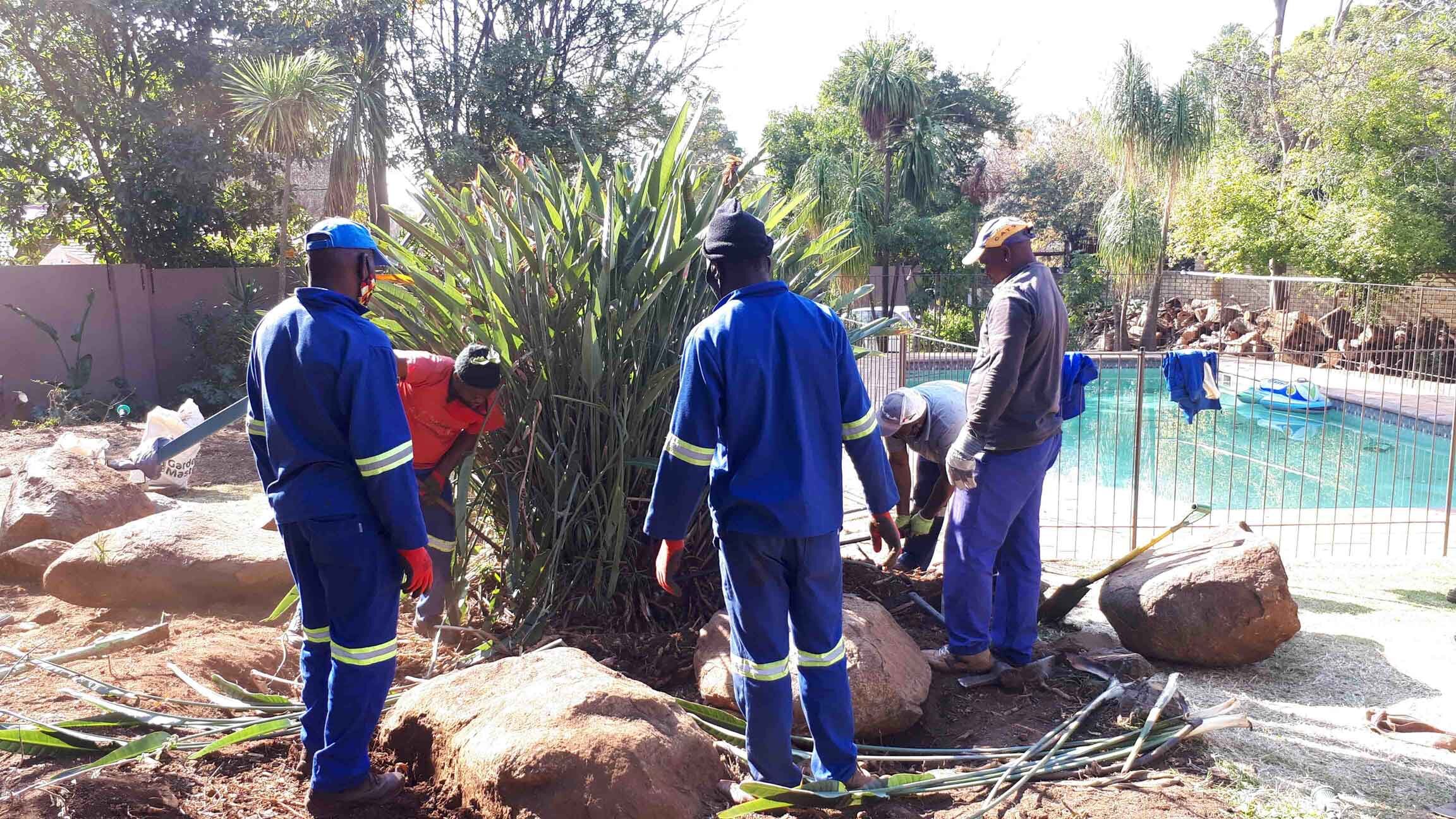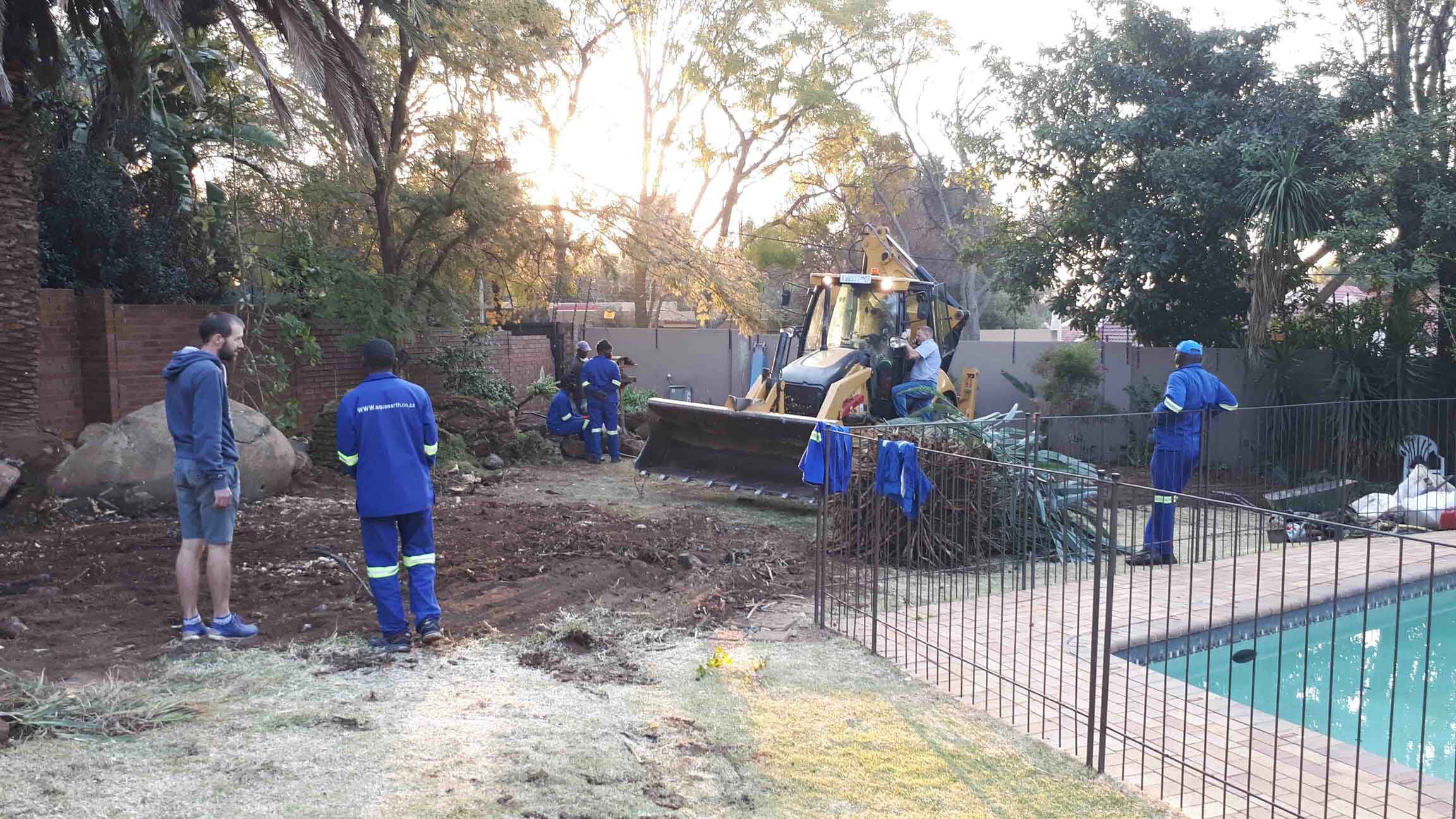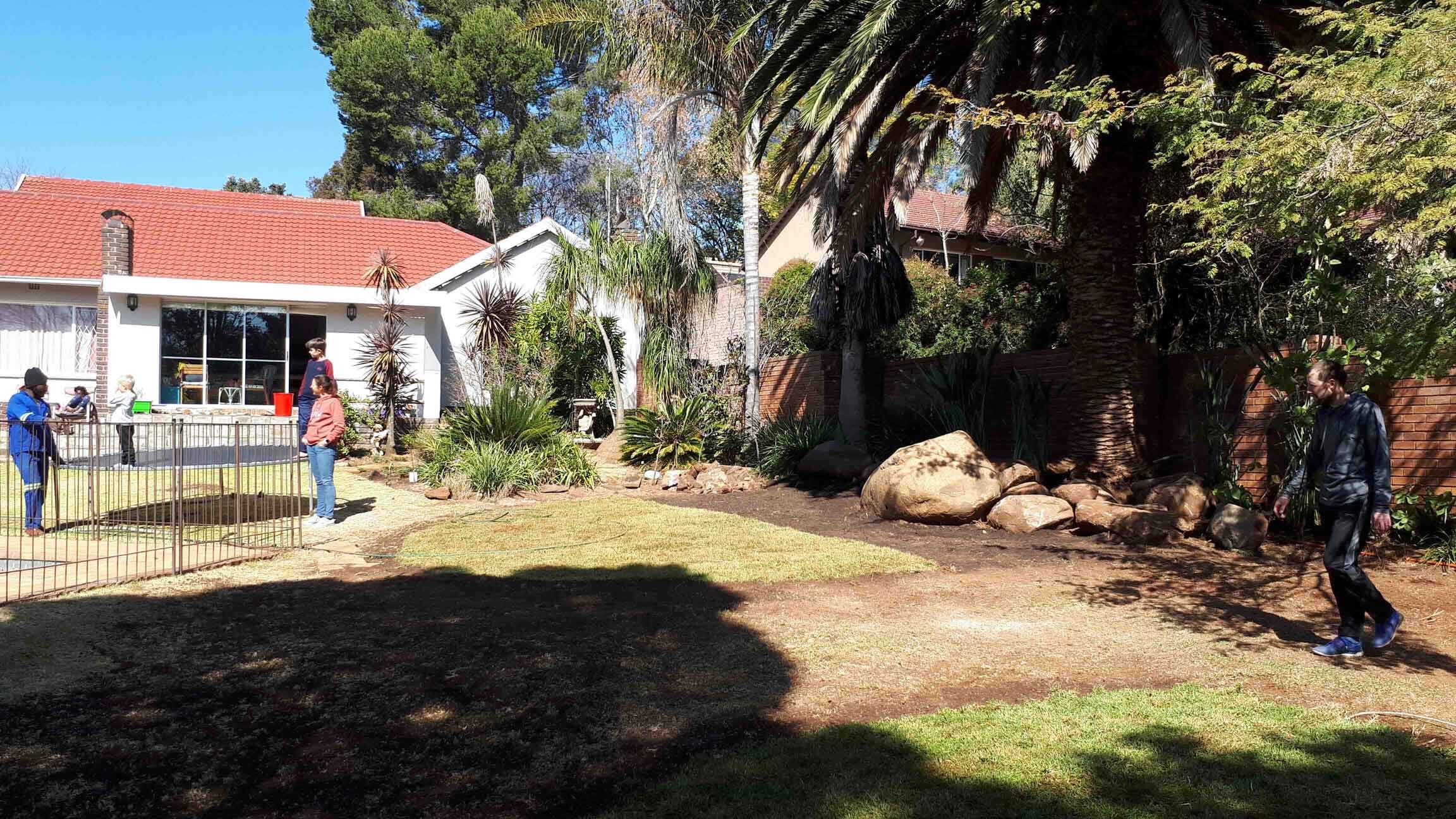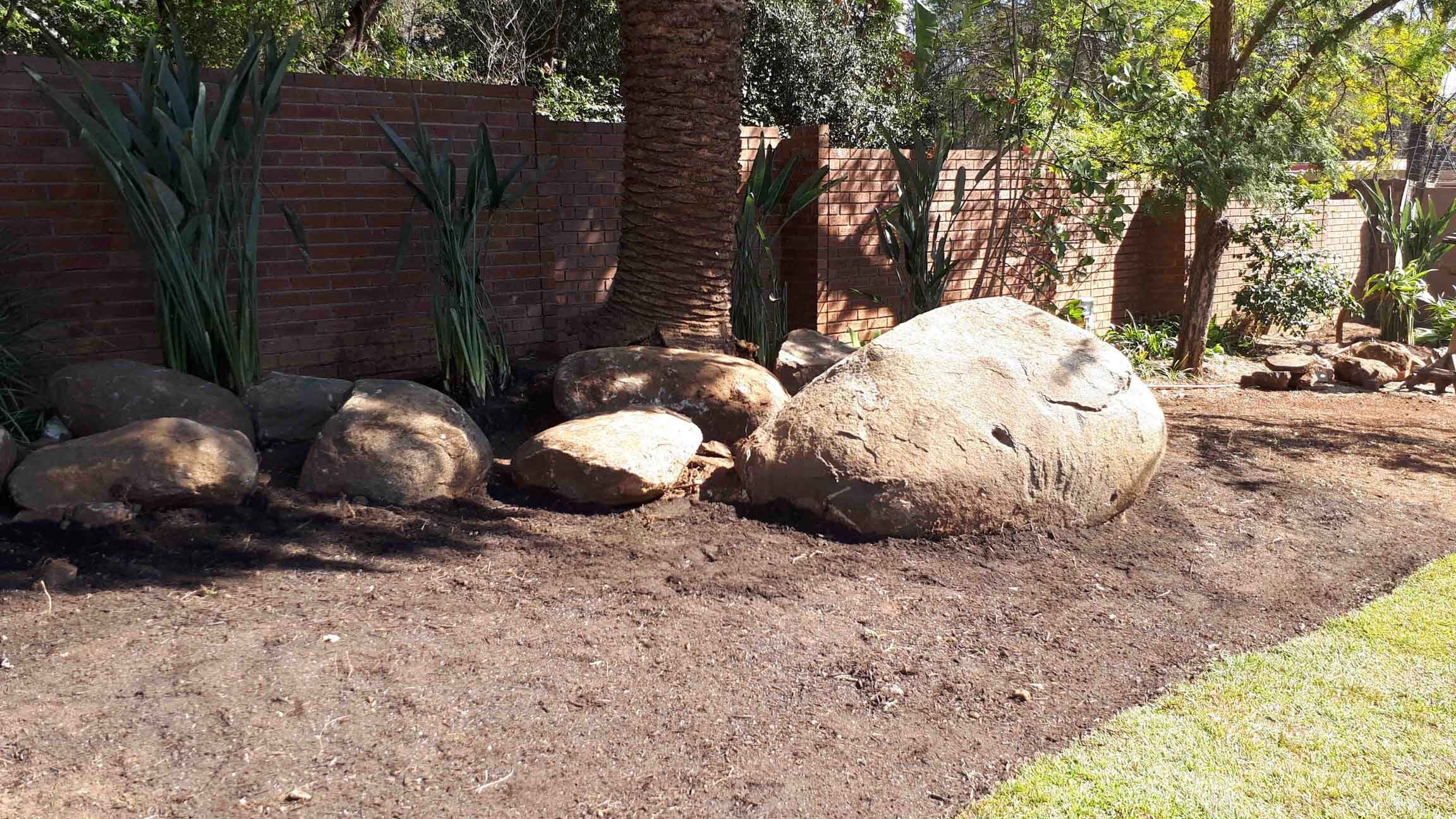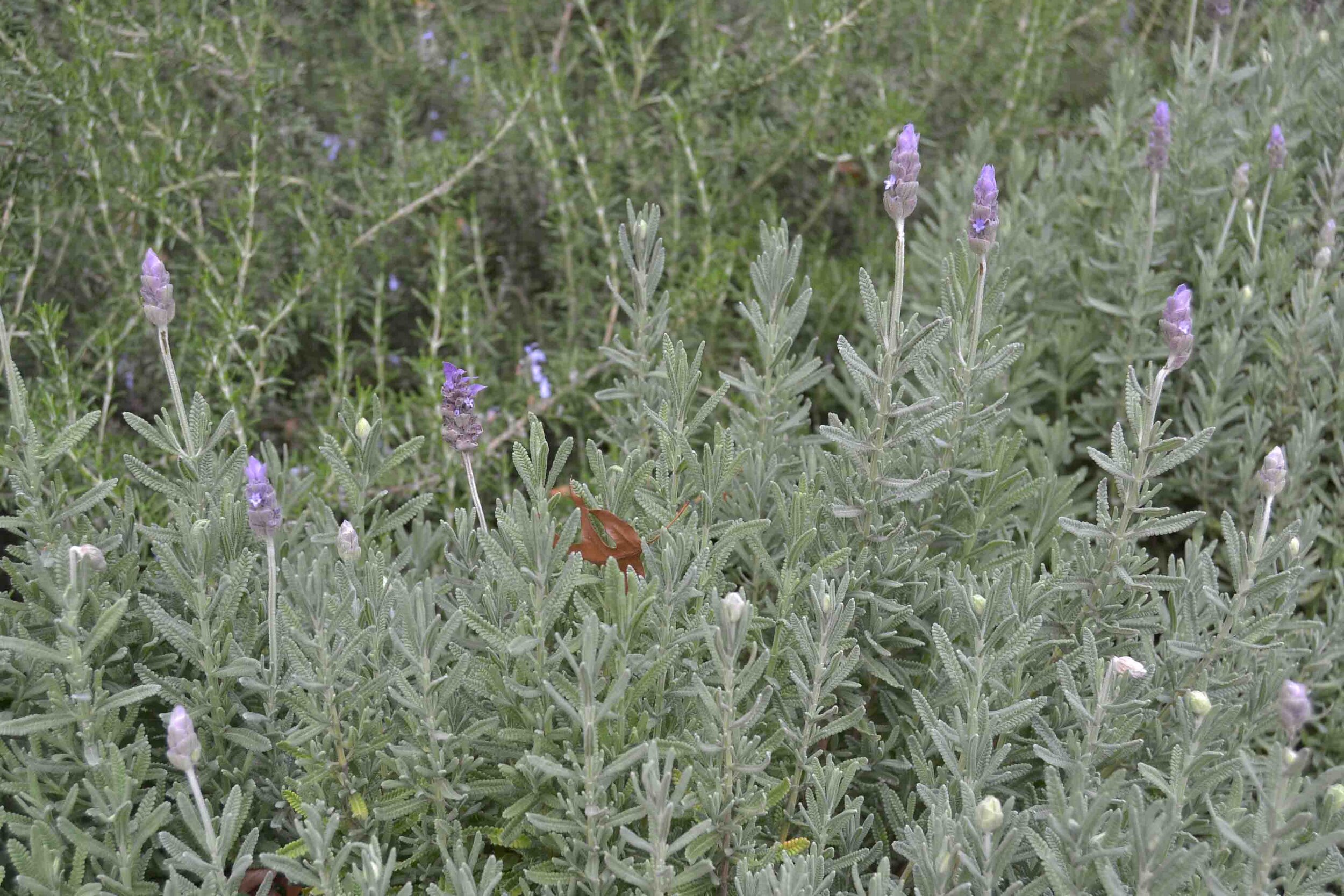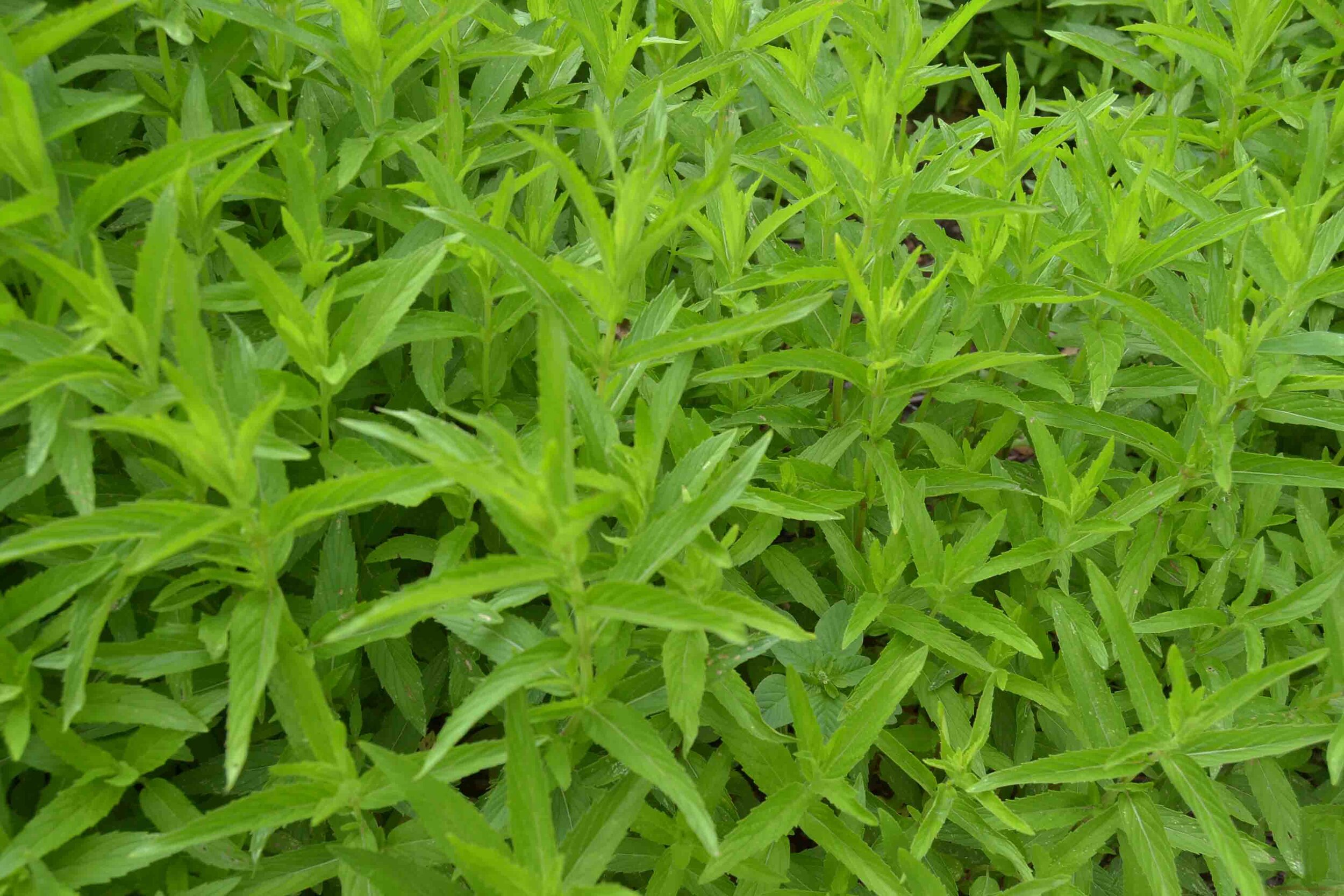Rejuvenation
It has only been in the last few years that the Park has been fully revived and people feel safe enough to return. This has largely been brought about by artist James Delaney who has spent a considerable amount of time and money on generating funding and gaining support for the Park. He received an AfriSam-SAIA Award for his work in raising over R100 000 but this is just one of the many interventions he has championed. It is inspiring to read his story and how he became involved.
Here is an excerpt taken directly from his website where he details the history of his involvement and the progress made: (taken from https://www.delaney.co.za/installations/my-story-of-the-wilds/)
“Here are some highlights of the work that’s been achieved with my team, with volunteers and with the City Parks Wilds staff on the ground;
Negotiation with Roedean School to take down their stone wall, which had become unstable, and replaced with a fence, and the stone donated to The Wilds.
Construction of the circular entrance area with seating, designed by Martine de la Harpe and built by JJ with the Roedean stone. This used to an eroded slope of dirt, a depressing welcome to the park. This was sponsored by Hollard, whose Villa Arcadia head office shares the same ridge as The Wilds, and they have done considerable indigenous planting to restore their landscape.
Sealing the ponds and the installation of a pump which draws water discarded by Gautrain (they pump millions of litres out of their tunnels into the underground river). This water now flows beautifully though the lower ponds, and back into the river. This system was developed and installed by YPO, and opened by the Mayor. (YPO also got the upper ponds and waterfalls working for a while, but we’re waiting for City Parks to install a new pump for that system.)
Design and installation of 100 items of signage throughout the park, thanks again to Hollard – directional, rules, information and welcome signage. Because City Parks has dated and unfriendly signage design, I redesigned a whole signage template for them. Most of the new signs are mounted onto a recycled plastic product.
Huge weeding, every summer, which has broken the seed cycle of blackjacks and khakibos in most of the West Wilds (we have a long way to go in the East Wilds).
Restoration of the hillside where the sundial is, including replanting indigenous grasses and aloes and removing all the nasty rusted wire fencing.
Resurfacing of the carpark and internal road, and painting the pedestrian bridge (done by JRA, but I lobbied for it).
Corporate events, weddings, small events and school tours have become a regular occurrence, providing an income stream to the city (unfortunately this doesn’t directly benefit The Wilds). They must be booked via City Parks, but when organisers approach me, I always ask them to add an element of giving back to the park, usually through volunteer work.
Other artists are making their mark too; there was a land art project, and Gordon Froud’s sculpture installation, made from orange beacons, stands on the East Wilds.
Planting indigenous trees. Volunteers have started labeling them too. We now also plant along the streets surrounding the park, to extend the forest canopy.
Clean-up of the climbing wall, which is now regularly used.
As the sculptures became popular, I used them to open up sections of the park that people weren’t visiting – they became destinations within the park, allowing people to walk further and spend more time exploring. There are now 100 sculptures – monkeys, a pangolin, ostriches, the red kudu family, klipspringers, duiker and more.
The largest is a 5 metre high pink and yellow giraffe, on what is now known as Giraffe Lawn. This was an important landmark piece as it is visible from the road, drawing the attention of passers-by. I crowdfunded to pay for the materials, which were considerable – it’s so heavy it had to be installed using a crane, and we had to bring a concrete mixer down narrow stone paths to lay the large block of concrete below ground to support it.” Read more on his website
How can you make a difference
Every person can make a difference in this life. We are all uniquely situated with unique talents and abilities. If we look back over the history of this park we see demonstrations of generosity where people have given land, time, money, plants, energy and love. The Wilds is a Park layered with history, memory and natural beauty. Fortunately for the citizens of Johannesburg James Delaney got a dog and needed a place to walk him and through his efforts over these recent years we can again experience this remarkable space. Where can you make a contribution to a park, an organisation or initiative to make a difference in your community?

